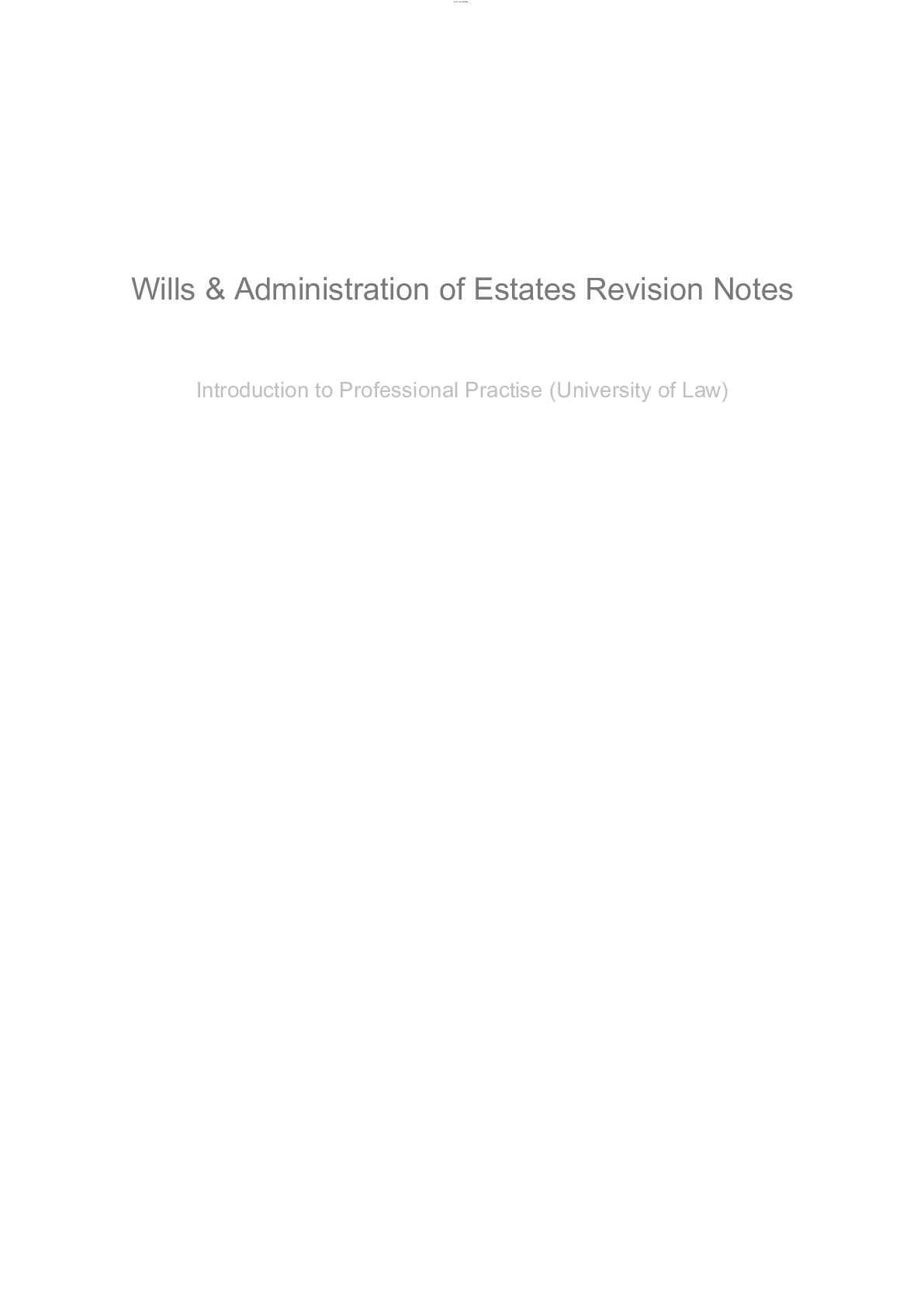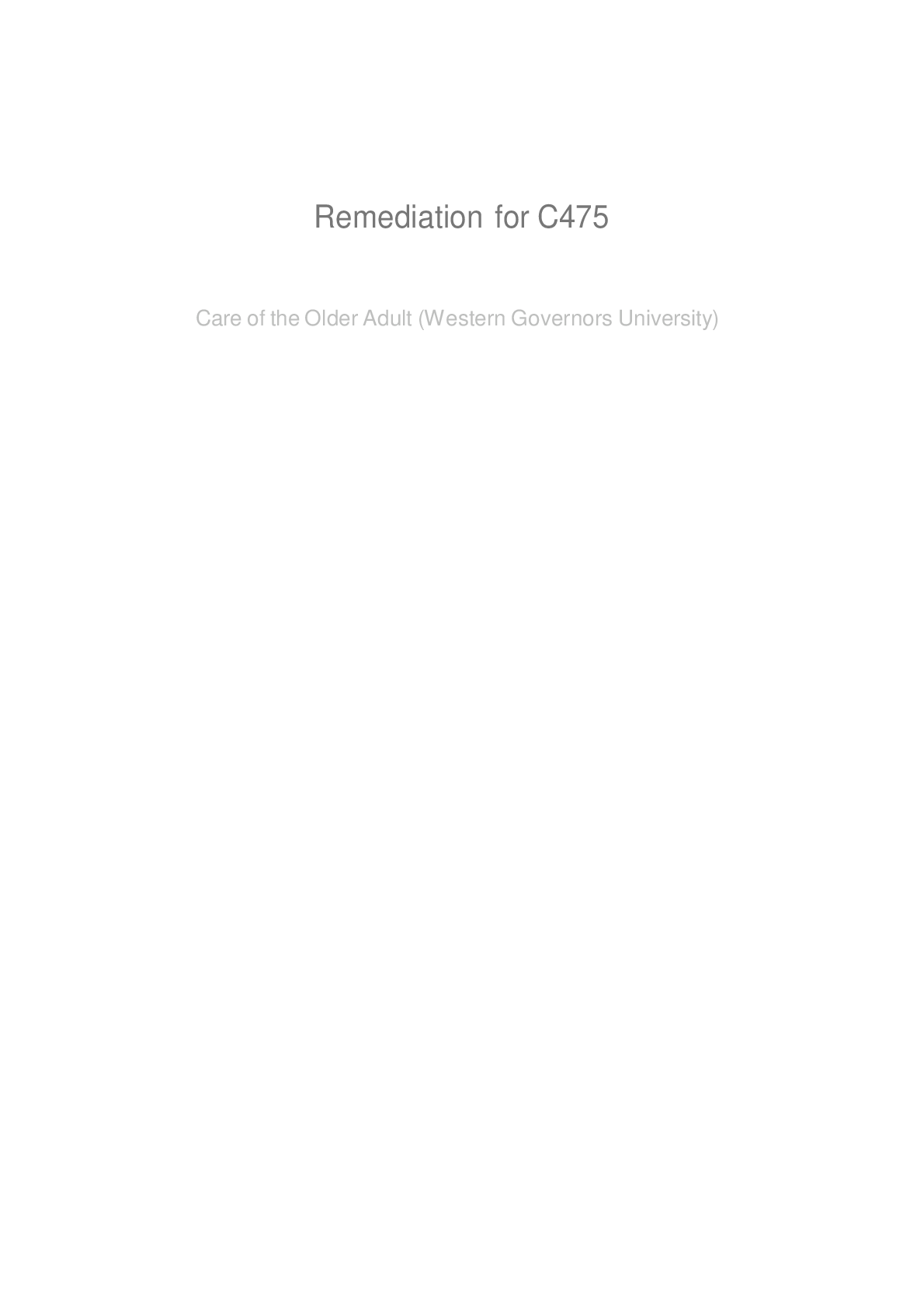Accounting > Study Notes > ACC MISC- TEST BANK Chapter 5 Activity-Based Costing and Management, Complete solution 2019/2020. (All)
ACC MISC- TEST BANK Chapter 5 Activity-Based Costing and Management, Complete solution 2019/2020.
Document Content and Description Below
ACC MISC- TEST BANK Chapter 5 Activity-Based Costing and Management True / False Questions 1. Because labor hours are related closely to the volume of activity in the factory, these traditional produc... t-costing systems often are said to be volume-based costing systems. TRUE AACSB: Reflective Thinking AICPA: FN Decision Making AICPA FN: Research Blooms: Analyze Difficulty: 1 Easy Learning Objective: 05-01 Feedback True: Correct! It is true that traditional product-costing systems where labor hours are related closely to the volume of activity are called volume-based costing systems. Feedback False: This is a true statement. 2. Tradi¬tional product-costing systems are structured on multiple, volume-based cost drivers. FALSE AACSB: Reflective Thinking AICPA: FN Decision Making AICPA FN: Research Blooms: Analyze Difficulty: 1 Easy Learning Objective: 05-01 Feedback True: This statement is false. Feedback False: Correct! Tradi¬tional product-costing systems are structured on single, volume-based cost drivers, such as direct labor or machine hours. 3. In the first stage of ABC, a cost driver is selected for each activity cost pool. FALSE AACSB: Reflective Thinking AICPA: FN Decision Making AICPA FN: Research Blooms: Analyze Difficulty: 1 Easy Learning Objective: 05-02 Feedback True: This statement is false. Feedback False: Correct! In the first stage of ABC, resource costs are identified and divided into activity cost pools. 4. When using ABC, overhead costs assigned to each activity comprise an activity cost pool. TRUE AACSB: Reflective Thinking AICPA: FN Decision Making AICPA FN: Research Blooms: Analyze Difficulty: 1 Easy Learning Objective: 05-02 Feedback True: Correct! Overhead costs assigned to each activity in ABC are known as an activity cost pool. Feedback False: This statement is true. 5. In an activity-based costing system, direct materials used would typically be classified as a unit-level cost. TRUE AACSB: Reflective Thinking AICPA: FN Decision Making AICPA FN: Research Blooms: Analyze Difficulty: 1 Easy Learning Objective: 05-03 Feedback True: Correct! It is true that an activity based costing system typically classifies direct materials used as unit-level costs. Feedback False: This is a true statement. 6. Engineering design costs are typically known as batch-level activities. FALSE AACSB: Reflective Thinking AICPA: FN Decision Making AICPA FN: Research Blooms: Analyze Difficulty: 1 Easy Learning Objective: 05-03 Feedback True: This statement is false. Feedback False: Correct! Engineering design costs are typically identified as product-sustaining-level activities. 7. The pool rate is defined as the cost per unit of the cost driver for a particular activity cost pool. TRUE AACSB: Reflective Thinking AICPA: FN Decision Making AICPA FN: Research Blooms: Analyze Difficulty: 1 Easy Learning Objective: 05-04 Feedback True: Correct! It is true that the pool rate is the cost per unit of the cost driver for a particular activity cost pool. Feedback False: This is a true statement. 8. A product’s cost is the sum of its direct-material cost, its direct-labor cost, and its overhead cost, which is the accumulation of all the resource costs driven to the product by the various cost drivers selected for the ABC system. TRUE AACSB: Reflective Thinking AICPA: FN Decision Making AICPA FN: Research Blooms: Analyze Difficulty: 1 Easy Learning Objective: 05-04 Feedback True: Correct! This is the accurate definition for the cost of a product under the ABC system. Feedback False: This is a true statement. 9. Activity-based costing systems have a tendency to distort product costs. FALSE AACSB: Reflective Thinking AICPA BB: Critical Thinking AICPA FN: Research Blooms: Remember Difficulty: 1 Easy Learning Objective: 05-05 Feedback True: This statement is false. Feedback False: Correct! Activity-based systems do not distort product costs. 10. Consumption ratios are useful in determining the existence of product-line diversity. TRUE AACSB: Reflective Thinking AICPA BB: Critical Thinking AICPA FN: Research Blooms: Remember Difficulty: 2 Medium Learning Objective: 05-05 Feedback True: Correct! It is true that consumption ratios are useful to determine the existence of product-line diversity. Feedback False: It is true that consumption ratios are useful to determine the existence of product-line diversity. 11. There are six important factors when selecting appropriate cost drivers. FALSE AACSB: Reflective Thinking AICPA: FN Decision Making AICPA FN: Research Blooms: Analyze Difficulty: 1 Easy Learning Objective: 05-06 Feedback True: This statement is false. Feedback False: Correct! There are three important factors when selecting appropriate cost drivers. 12. One of the important factors when selecting appropriate cost drivers is the ability to overcost related services. FALSE AACSB: Reflective Thinking AICPA: FN Decision Making AICPA FN: Research Blooms: Analyze Difficulty: 1 Easy Learning Objective: 05-06 Feedback True: This statement is false. Feedback False: Correct! The important factors to consider when selecting appropriate cost drivers are: the degree of correlation between activity and driver, the cost of measurement, and the behavioral effects. 13. Storyboarding may be used to develop a detailed process flowchart. TRUE AACSB: Reflective Thinking AICPA: FN Decision Making AICPA FN: Research Blooms: Analyze Difficulty: 1 Easy Learning Objective: 05-07 Feedback True: Correct! Storyboarding helps with the visual representation of activities and relationships that can be used to develop process flowcharts. Feedback False: This statement is true. 14. A bill of activities is a complete listing of the activities identified and used in the ABC analysis. FALSE AACSB: Reflective Thinking AICPA: FN Decision Making AICPA FN: Research Blooms: Analyze Difficulty: 1 Easy Learning Objective: 05-07 Feedback True: This statement is false. Feedback False: Correct! An activity dictionary is a complete listing of the activities identified and used in the ABC analysis. 15. An example of a customer-value-added activity is final painting and polishing of the product. TRUE AACSB: Reflective Thinking AICPA BB: Resource Management AICPA FN: Measurement Blooms: Analyze Difficulty: 1 Easy Learning Objective: 05-08 Feedback True: Correct! It is true that final painting and polishing of a product is an example of a customer-value-added activity. Feedback False: It is true that final painting and polishing of a product is an example of a customer-value-added activity. 16. Non-value-added activities are the events that trigger activities and linkages among activities. FALSE AACSB: Reflective Thinking AICPA BB: Resource Management AICPA FN: Measurement Blooms: Analyze Difficulty: 1 Easy Learning Objective: 05-08 Feedback True: This statement is false. Feedback False: Correct! This is not the definition of non-value-added activities, but instead it defines root causes. 17. Customer-profitability analysis uses activity-based costing to determine the activities, costs, and profit associated with serving particular customers. TRUE AACSB: Reflective Thinking AICPA BB: Measurement AICPA FN: Research Blooms: Remember Difficulty: 1 Easy Learning Objective: 05-09 Feedback True: Correct! This is the correct definition for customer-profitability analysis. Feedback False: This statement is true. 18. Generally speaking, companies prefer doing business with customers who order small quantities rather than large quantities. FALSE AACSB: Reflective Thinking AICPA BB: Measurement AICPA FN: Research Blooms: Remember Difficulty: 1 Easy Learning Objective: 05-09 Feedback True: Most companies do not prefer doing business with customers who order small quantities rather than large quantities. Feedback False: Correct! Most companies do not prefer doing business with customers who order small quantities rather than large quantities. 19. A version of ABC that has found wide acceptance in service-industry settings is called volume-based activity-costing. FALSE AACSB: Reflective Thinking AICPA BB: Measurement AICPA FN: Research Blooms: Remember Difficulty: 1 Easy Learning Objective: 05-10 Feedback True: This statement is false. Feedback False: Correct! A version of ABC that has found wide acceptance in service-industry settings is called time-driven activity-based costing. 20. Simplified forms of ABC use time-driven elements for service companies that are well aligned with the resources deployed in terms of units of time of labor. TRUE AACSB: Reflective Thinking AICPA BB: Measurement AICPA FN: Research Blooms: Remember Difficulty: 1 Easy Learning Objective: 05-10 Feedback True: Correct! Time driven ABC is a simplified form that uses time driven elements for resources like labor, which are the primary resources deployed in the service industry. Feedback False: This statement is true. Multiple Choice Questions Use this information to answer Questions 21-22: Rocket Products manufactures three types of remote-control devices: Economy, Standard, and Deluxe. The company, which uses activity-based costing, has identified five activities (and related cost drivers). Each activity, its budgeted cost, and related cost driver is identified below. Activity Cost Cost Driver Material handling $225,000 Number of parts Material insertion 2,475,000 Number of parts Automated machinery 840,000 Machine hours Finishing 170,000 Direct labor hours Packaging 170,000 Orders shipped Total $3,880,000 The following information pertains to the three product lines for next year: Economy Standard Deluxe Units to be produced 10,000 5,000 2,000 Orders to be shipped 1,000 500 200 Number of parts per unit 10 15 25 Machine hours per unit 1 3 5 Labor hours per unit 2 2 2 21. Assume that Rocket is using a volume-based costing system, and the preceding overhead costs are applied to all products on the basis of direct labor hours. The overhead cost that would be assigned to the Deluxe product line is closest to: A. $456,471. B. $646,471. C. $961,176. D. $1,141,176. E. None of the answers is correct. AACSB: Analytic AICPA BB: Critical Thinking AICPA FN: Measurement Blooms: Apply Difficulty: 3 Hard Learning Objective: 05-01 Feedback A: Correct! Total labor hours = Sum of Units from Economy, Standard, and Deluxe X Number of Labor hours = (10,000 5,000 2,000) x 2= 34,000; Ratio of Deluxe labor hours to total labor hours X Total overhead costs = (4,000 ÷ 34,000) x $3,880,000 = $456,471. Feedback B: This amount is incorrect. Feedback C: This amount is incorrect. Feedback D: This amount is incorrect. Feedback E: This answer choice is wrong because there is a correct amount listed. 22. Assume that Rocket is using a volume-based costing system, and the preceding overhead costs are applied to all products on the basis of direct labor hours. The overhead cost that would be assigned to the Standard product line is closest to: A. $456,471. B. $646,471. C. $961,176. D. $1,141,176. E. None of the answers is correct. AACSB: Analytic AICPA BB: Critical Thinking AICPA FN: Measurement Blooms: Apply Difficulty: 3 Hard Learning Objective: 05-01 Feedback A: This amount is incorrect. Feedback B: This amount is incorrect. Feedback C: This amount is incorrect. Feedback D: Correct! Total labor hours = Sum of Units from Economy, Standard, and Deluxe X Number of Labor hours = (10,000 5,000 2,000) x 2= 34,000; Ratio of Standard labor hours to total labor hours X Total overhead costs = (10,000 ÷ 34,000) x $3,880,000 = $1,141,176. Feedback E: This answer choice is wrong because there is a correct amount listed. 23. Consider the following statements regarding traditional costing systems: I. Overhead costs are applied to products on the basis of volume-related measures. II. All manufacturing costs are easily traceable to the goods produced. III. Traditional costing systems tend to distort unit manufacturing costs when numerous goods are made that have widely varying production requirements. Which of the above statements is (are) true? A. I only. B. II only. C. III only. D. I and III. E. II and III. AACSB: Reflective Thinking AICPA BB: Critical Thinking AICPA FN: Research Blooms: Analyze Difficulty: 1 Easy Learning Objective: 05-01 Feedback A: While this statement is true, there is a better answer. Feedback B: This statement is not true. Feedback C: While this statement is true, there is a better answer. Feedback D: Correct! It is true that overhead costs are applied to products on the basis of volume-related measures and traditional costing systems tend to distort unit manufacturing costs when numerous goods are made that have widely varying production requirements. Feedback E: One of these statements is not true. 24. Many traditional costing systems: A. trace manufacturing overhead to individual activities and require the development of numerous activity-costing rates. B. write off manufacturing overhead as an expense of the current period. C. combine widely varying elements of overhead into a single cost pool. D. use a host of different cost drivers (e.g., number of production setups, inspection hours, orders processed) to improve the accuracy of product costing. E. produce results far superior to those achieved with activity-based costing. AACSB: Reflective Thinking AICPA BB: Critical Thinking AICPA FN: Research Blooms: Analyze Difficulty: 1 Easy Learning Objective: 05-01 Feedback A: This statement is incorrect. Feedback B: This statement is incorrect. Feedback C: Correct! Many traditional costing systems combine widely varying elements of overhead into a single cost pool. Feedback D: This statement is incorrect. Feedback E: This statement is incorrect. Use the following information to answer Questions 25 through 28. St. Vincent’s, Inc., currently uses traditional costing procedures, applying $800,000 of overhead to products Beta and Zeta on the basis of direct labor hours. The company is considering a shift to activity-based costing and the creation of individual cost pools that will use direct labor hours (DLH), production setups (SU), and number of parts components (PC) as cost drivers. Data on the cost pools and respective driver volumes follow. Product Pool No.1 (Driver: DLH) Pool No. 2 (Driver: SU) Pool No. 3 (Driver: PC) Beta 1,200 45 2,250 Zeta 2,800 55 750 Pool Cost $160,000 $280,000 $360,000 25. The overhead cost allocated to Beta by using traditional costing procedures would be: A. $240,000. B. $356,000. C. $444,000. D. $560,000. E. None of the answers is correct. AACSB: Analytic AICPA BB: Critical Thinking AICPA FN: Measurement Blooms: Apply Difficulty: 3 Hard Learning Objective: 05-01 Feedback A: Correct! Total Pool Cost = Sum of No. 1, 2, and 3 = $160,000 $280,000 $360,000 = $800,000; Overhead allocated to Beta = (Beta DLH ÷ Total DLH) x Total Pool Cost = (1,200 ÷ 4,000) x $800,000 = $240,000. Feedback B: This amount is incorrect. Feedback C: This amount is incorrect. Feedback D: This amount is incorrect. Feedback E: This answer choice is wrong because there is a correct amount listed. 26. The overhead cost allocated to Zeta by using traditional costing procedures would be: A. $240,000. B. $356,000. C. $444,000. D. $560,000. E. None of the answers is correct. AACSB: Analytic AICPA BB: Critical Thinking AICPA FN: Measurement Blooms: Apply Difficulty: 3 Hard Learning Objective: 05-01 Feedback A: This amount is incorrect. Feedback B: This amount is incorrect. Feedback C: This amount is incorrect. Feedback D: Correct! Total Pool Cost = Sum of No. 1, 2, and 3 = $160,000 $280,000 $360,000 = $800,000; Overhead allocated to Zeta = (Beta DLH ÷ Total DLH) x Total Pool Cost = (2,800 ÷ 4,000) x $800,000 = $560,000. Feedback E: This answer choice is wrong because there is a correct amount listed. 27. The overhead cost allocated to Beta by using activity-based costing procedures would be: A. $240,000. B. $356,000. C. $444,000. D. $560,000. E. None of the answers is correct. AACSB: Analytic AICPA BB: Critical Thinking AICPA FN: Measurement Blooms: Apply Difficulty: 3 Hard Learning Objective: 05-04 Feedback A: This amount is incorrect. Feedback B: This amount is incorrect. Feedback C: Correct! (Total Pool Costs for No. 1 x Pool No. 1 Beta ratio to Total Pool Costs) (Total Pool Costs for No. 2 x Pool No. 2 Beta ratio to Total Pool Costs) (Total Pool Costs for No. 3 x Pool No. 3 Beta ratio to Total Pool Costs) = [($160,000 x 1,200/4,000) ($280,000 x 45/100) ($360,000 x 2,250/3,000)] = $48,000 $126,000 $270,000 = $444,000. Feedback D: This amount is incorrect. Feedback E: This answer choice is wrong because there is a correct amount listed. 28. The overhead cost allocated to Zeta by using activity-based costing procedures would be: A. $240,000. B. $356,000. C. $444,000. D. $560,000. E. None of the answers is correct. AACSB: Analytic AICPA BB: Critical Thinking AICPA FN: Measurement Blooms: Apply Difficulty: 3 Hard Learning Objective: 05-04 Feedback A: Correct! This amount is incorrect. Feedback B: Correct! (Total Pool Costs for No. 1 x Pool No. 1 Zeta ratio to Total Pool Costs) (Total Pool Costs for No. 2 x Pool No. 2 Zeta ratio to Total Pool Costs) (Total Pool Costs for No. 3 x Pool No. 3 Zeta ratio to Total Pool Costs) = [($160,000 x 2,800/4,000) ($280,000 x 55/100) ($360,000 x 750/3,000)] = $112,000 $154,000 $90,000 = $356,000. Feedback C: This amount is incorrect. Feedback D: This amount is incorrect. Feedback E: This answer choice is wrong because there is a correct amount listed. 29. Carlin and Marley, an accounting firm, provides consulting and tax planning services. For many years, the firm's total administrative cost (currently $270,000) has been allocated to services on this basis of billable hours to clients. A recent analysis found that 55% of the firm's billable hours to clients resulted from tax planning services, while 45% resulted from consulting services. The firm, contemplating a change to activity-based costing, has identified three components of administrative cost, as follows: Staff Support $200,000 In-house computing charges 50,000 Miscellaneous office costs 20,000 Total $270,000 A recent analysis of staff support found a strong correlation with the number of clients served. In contrast, in-house computing and miscellaneous office cost varied directly with the number of computer hours logged and number of client transactions, respectively. Consulting clients served totaled 35% of the total client base, consumed 30% of the firm's computer hours, and accounted for 20% of the total client transactions. If Carlin and Marley switched from its current accounting method to an activity-based costing system, the amount of administrative cost chargeable to consulting services would: A. decrease by $32,500. B. increase by $32,500. C. decrease by $59,500. D. change by an amount other than those listed. E. change, but the amount cannot be determined based on the information presented. AACSB: Analytic AICPA BB: Critical Thinking AICPA FN: Measurement Blooms: Apply Difficulty: 3 Hard Learning Objective: 05-01 Learning Objective: 05-10 Learning Objective: 05-04 Feedback A: Correct! Original: $270,000 x 45% = $121,500; New amount under ABC: [($200,000 x 35%) ($50,000 x 30%) ($20,000 x 20%)] = $70,000 $15,000 $4,000 = $89,000; $121,500 - $89,000 = $32,500 decrease. Feedback B: This amount is incorrect because costs do not increase. Feedback C: This amount is incorrect. Feedback D: This answer is incorrect, because there is an accurate amount listed. Feedback E: This answer is incorrect, because sufficient information is available for the calculation. 30. The following tasks are associated with an activity-based costing system: 1— Assignment of cost to products 2— Calculation of pool rates 3— Identification of cost drivers 4— Identification of cost pools Which of the following choices correctly expresses the proper order of the preceding tasks? A. 1, 2, 3, 4. B. 2, 4, 1, 3. C. 3, 4, 2, 1. D. 4, 2, 1, 3. E. 4, 3, 2, 1. AACSB: Reflective Thinking AICPA BB: Critical Thinking AICPA FN: Research Blooms: Remember Difficulty: 1 Easy Learning Objective: 05-02 Learning Objective: 05-04 Feedback A: This order is incorrect. Feedback B: This order is incorrect. Feedback C: This order is incorrect. Feedback D: This order is incorrect. Feedback E: Correct! The order of tasks in an activity-based costing system are: identification of cost pools, identification of cost drivers, calculation of pool rates, and assignment of cost to products. 31. Which of the following is the proper sequence of events in an activity-based costing system? A. Identification of cost drivers, identification of cost pools, calculation of pool rates, assignment of cost to products. B. Identification of cost pools, identification of cost drivers, calculation of pool rates, assignment of cost to products. C. Assignment of cost to products, identification of cost pools, identification of cost drivers, calculation of pool rates. D. Calculation of pool rates, identification of cost drivers, identification of cost pools, assignment of cost to products. E. None of the answers is correct. AACSB: Reflective Thinking AICPA BB: Critical Thinking AICPA FN: Research Blooms: Remember Difficulty: 1 Easy Learning Objective: 05-02 Learning Objective: 05-04 Feedback A: This order is incorrect. Feedback B: Correct! The proper sequence of tasks in an activity-based costing system is: identification of cost pools, identification of cost drivers, calculation of pool rates, and assignment of cost to products. Feedback C: This order is incorrect. Feedback D: This order is incorrect. Feedback E: This answer choice is wrong because there is a correct sequence listed. 32. Which of the following tasks is not normally associated with an activity-based costing system? A. Calculation of pool rates. B. Identification of cost pools. C. Preparation of allocation matrices. D. Identification of cost drivers. E. Assignment of cost to products. AACSB: Reflective Thinking AICPA BB: Critical Thinking AICPA FN: Research Blooms: Remember Difficulty: 1 Easy Learning Objective: 05-02 Learning Objective: 05-04 Feedback A: This task is associated with an activity-based costing system. Feedback B: This task is associated with an activity-based costing system. Feedback C: Correct! This is not normally a task associated with an activity-based costing system. Feedback D: This task is associated with an activity-based costing system. Feedback E: This task is associated with an activity-based costing system. 33. Which of the following is not a broad, cost classification category typically used in activity-based costing? A. Unit-level. B. Batch-level. C. Product-sustaining level. D. Facility-level. E. Management-level. AACSB: Reflective Thinking AICPA BB: Critical Thinking AICPA FN: Research Blooms: Remember Difficulty: 1 Easy Learning Objective: 05-03 Feedback A: This cost classification category is associated with an activity-based costing system. Feedback B: This cost classification category is associated with an activity-based costing system. Feedback C: This cost classification category is associated with an activity-based costing system. Feedback D: This cost classification category is associated with an activity-based costing system. Feedback E: Correct! Management-level is not a broad cost classification category used in activity-based costing. 34. In an activity-based costing system, direct materials used would typically be classified as a: A. unit-level cost. B. batch-level cost. C. product-sustaining cost. D. facility-level cost. E. matrix-level cost. AACSB: Reflective Thinking AICPA BB: Critical Thinking AICPA FN: Research Blooms: Analyze Difficulty: 1 Easy Learning Objective: 05-03 Feedback A: Correct! Direct materials used are typically classified as unit level costs in activity-based costing. Feedback B: This is incorrect. Feedback C: This is incorrect. Feedback D: This is incorrect. Feedback E: This is incorrect. 35. Which of the following is least likely to be classified as a batch-level activity in an activity-based costing system? A. Shipping. B. Receiving and inspection. C. Production setup. D. Property taxes. E. Quality assurance. AACSB: Reflective Thinking AICPA BB: Critical Thinking AICPA FN: Research Blooms: Remember Difficulty: 1 Easy Learning Objective: 05-03 Feedback A: Shipping would likely be classified as a batch-level activity. Feedback B: Receiving and inspection would likely be classified as a batch-level activity. Feedback C: Production setup would likely be classified as a batch-level activity. Feedback D: Correct! Property taxes are least likely to be classified as a batch-level activity in activity based costing. Feedback E: Quality assurance would likely be classified as a batch-level activity. 36. In an activity-based costing system, materials receiving would typically be classified as a: A. unit-level activity. B. batch-level activity. C. product-sustaining activity. D. facility-level activity. E. period-level activity. AACSB: Reflective Thinking AICPA BB: Critical Thinking AICPA FN: Research Blooms: Remember Difficulty: 1 Easy Learning Objective: 05-03 Feedback A: Materials receiving would probably not be classified as a unit-level activity. Feedback B: Correct! Materials receiving would likely be classified as a batch-level activity. Feedback C: Materials receiving would probably not be classified as a product-sustaining activity. Feedback D: Materials receiving would probably not be classified as a facility-level activity. Feedback E: Materials receiving would probably not be classified as a period-level activity. 37. Rosen, Inc., an appliance manufacturer, is developing a new line of ovens that uses controlled-laser technology. The research and testing costs associated with the new ovens is said to arise from a: A. unit-level activity. B. batch-level activity. C. product-sustaining activity. D. facility-level activity. E. competitive-level activity. AACSB: Reflective Thinking AICPA BB: Critical Thinking AICPA FN: Research Blooms: Remember Difficulty: 1 Easy Learning Objective: 05-03 Feedback A: Research and testing costs would probably not be categorized as a unit-level activity. Feedback B: Research and testing costs would probably not be categorized as a batch-level activity. Feedback C: Correct! Research and testing costs would probably be categorized as a product-sustaining activity. Feedback D: Research and testing costs would probably not be categorized as a facility-level activity. Feedback E: Research and testing costs would probably not be categorized as a competitive-level activity. 38. Consider the following statements regarding product-sustaining activities: I. They must be performed for each batch of product that is made. II. They must be performed for each unit of product that is made. III. They are needed to support an entire product line. Which of the above statements is (are) true? A. I only. B. II only. C. III only. D. I and II. E. II and III. AACSB: Reflective Thinking AICPA BB: Critical Thinking AICPA FN: Research Blooms: Remember Difficulty: 1 Easy Learning Objective: 05-03 Feedback A: This statement is incorrect. Feedback B: This statement is incorrect. Feedback C: Correct! Product-sustaining activities are needed to support an entire product line. Feedback D: These statements are incorrect. Feedback E: This answer is only partially correct. 39. Which of the following is least likely to be classified as a facility-level activity in an activity-based costing system? A. Plant maintenance. B. Property taxes. C. Machine processing cost. D. Plant depreciation. E. Plant management salaries. AACSB: Reflective Thinking AICPA BB: Critical Thinking AICPA FN: Research Blooms: Remember Difficulty: 1 Easy Learning Objective: 05-03 Feedback A: Plant maintenance would probably be classified as a facility level activity. Feedback B: Property taxes would probably be classified as a facility level activity. Feedback C: Correct! Machine processing cost would be least likely classified as a facility level activity. Feedback D: Plant depreciation would probably be classified as a facility level activity. Feedback E: Plant management salaries would probably be classified as a facility level activity. 40.The salaries of a manufacturing plant's management are said to arise from: A. unit-level activities. B. batch-level activities. C. product-sustaining activities. D. facility-level activities. E. direct-cost activities. AACSB: Reflective Thinking AICPA BB: Critical Thinking AICPA FN: Research Blooms: Remember Difficulty: 1 Easy Learning Objective: 05-03 Feedback A: Salaries of a manufacturing plan’s management are not unit –level activities. Feedback B: Salaries of a manufacturing plan’s management are not batch –level activities. Feedback C: Salaries of a manufacturing plan’s management are not product sustaining activities. Feedback D: Correct! Salaries of a manufacturing plan’s management are facility –level activities. Feedback E: Salaries of a manufacturing plan’s management are not direct cost activities. 41. Which of the following choices correctly depicts a cost that arises from a batch-level activity and one that arises from a facility-level activity? Batch-Level Activity Facility-Level Activity A. Direct materials Plant depreciation B. Inspection Property taxes C. Quality assurance Shipping D. Plant maintenance Insurance E. Management salaries Material handling AACSB: Reflective Thinking AICPA BB: Critical Thinking AICPA FN: Research Blooms: Remember Difficulty: 1 Easy Learning Objective: 05-03 Feedback A: This pair is incorrect. Feedback B: Correct! This choice is the correct pair of examples. Feedback C: This pair is incorrect. Feedback D: This pair is incorrect. Feedback E: This pair is incorrect. 42. Which of the following choices correctly depicts the proper classification of direct materials used and management salaries? Direct Materials Used Management Salaries A. Batch level Facility level B. Batch level Batch level C. Unit level Product-sustaining level D. Unit level Facility level E. Product-sustaining level Batch level AACSB: Reflective Thinking AICPA BB: Critical Thinking AICPA FN: Research Blooms: Remember Difficulty: 1 Easy Learning Objective: 05-03 Feedback A: This choice is an incorrect pair of classifications. Feedback B: This choice is an incorrect pair of classifications. Feedback C: This choice is an incorrect pair of classifications. Feedback D: Correct! This choice is the correct pair of classifications. Feedback E: This choice is an incorrect pair of classifications. 43. The division of activities into unit-level, batch-level, product-sustaining level, and facility-level categories is commonly known as a cost: A. object. B. application method. C. hierarchy. D. estimation method. E. classification scheme that is useful in traditional, volume-based systems. AACSB: Reflective Thinking AICPA BB: Critical Thinking AICPA FN: Research Blooms: Remember Difficulty: 1 Easy Learning Objective: 05-03 Feedback A: This term is incorrect. Feedback B: This term is incorrect. Feedback C: Correct! Cost hierarchy is the correct answer. Feedback D: This term is incorrect. Feedback E: This term is incorrect. 44. Pound Industries’ customer service department follows up on customer complaints by telephone inquiry. During a recent period, the department initiated 7,000 calls and incurred costs of $203,000. If 2,940 of these calls were for the company's wholesale operation (the remainder were for the retail division), costs allocated to the retail division should amount to: A. $0. B. $29. C. $85,260. D. $117,740. E. $203,000. AACSB: Analytic AICPA BB: Critical Thinking AICPA FN: Measurement Blooms: Apply Difficulty: 3 Hard Learning Objective: 05-04 Feedback A: This amount is incorrect. Feedback B: This amount is incorrect. Feedback C: This amount is incorrect. Feedback D: Correct! Retail division Allocation = [(Total calls – Wholesale calls) ÷ Total calls] x Total costs = [(7,000 – 2,940) ÷ 7,000] x $203,000 = $117,740. Feedback E: This amount is incorrect. 45. Pound Industries’ customer service department follows up on customer complaints by telephone inquiry. During a recent period, the department initiated 7,000 calls and incurred costs of $203,000. If 2,940 of these calls were for the company's wholesale operation (the remainder were for the retail division), costs allocated to the wholesale operation should amount to: A. $0. B. $29. C. $85,260. D. $117,740. E. $203,000. AACSB: Analytic AICPA BB: Critical Thinking AICPA FN: Measurement Blooms: Apply Difficulty: 3 Hard Learning Objective: 05-04 Feedback A: This amount is incorrect. Feedback B: This amount is incorrect. Feedback C: Correct! Wholesale division Allocation = [Wholesale calls ÷ Total calls] x Total costs = [2,940 ÷ 7,000] x $203,000 = $85,260. Feedback D: This amount is incorrect. Feedback E: This amount is incorrect. 46. Pound Industries’ customer service department follows up on customer complaints by telephone inquiry. During a recent period, the department initiated 10,000 calls and incurred costs of $312,000. Of these calls, 3,800 were for the company's wholesale operation; the remainder was for the retail division. Costs allocated to the wholesale operation are: A. $0. B. $31,200. C. $118,560. D. $193,440. E. $203,000. AACSB: Analytic AICPA BB: Critical Thinking AICPA FN: Measurement Blooms: Apply Difficulty: 3 Hard Learning Objective: 05-04 Feedback A: This amount is incorrect. Feedback B: This amount is incorrect. Feedback C: Correct! Wholesale division Allocation = [Wholesale calls ÷ Total calls] x Total costs = (3,800 ÷ 10,000) x $312,000 = $118,560. Feedback D: This amount is incorrect. Feedback E: This amount is incorrect. 47. Baxter customer service department follows up on customer complaints by telephone inquiry. During a recent period, the department initiated 10,000 calls and incurred costs of $312,000. Of these calls, 3,800 were for the company's wholesale operation; the remainder was for the retail division. Costs allocated to the retail division are: A. $0. B. $31,200. C. $118,560. D. $193,440. E. $203,000. AACSB: Analytic AICPA BB: Critical Thinking AICPA FN: Measurement Blooms: Apply Difficulty: 3 Hard Learning Objective: 05-04 Feedback A: This amount is incorrect. Feedback B: This amount is incorrect. Feedback C: This amount is incorrect. Feedback D: Correct! Retail division Allocation = [(Total calls – Wholesale calls) ÷ Total calls] x Total costs = [(10,000 - 3,800) ÷ 10,000)] x $312,000 = $193,440. Feedback E: This amount is incorrect. Use the following information to answer Questions 48 & 49. Skyline Florists uses an activity-based costing system to compute the cost of making floral bouquets and delivering the bouquets to its commercial customers. Company personnel who earn $180,000 typically perform both tasks; other firm-wide overhead is expected to total $70,000. These costs are allocated as follows: Bouquet Production Delivery Other Wages and salaries 60% 30% 10% Other overhead 50% 35% 15% Skyline anticipates making 20,000 bouquets and 4,000 deliveries in the upcoming year. 48. The cost of wages and salaries and other overhead that would be charged to each bouquet made is: A. $7.15. B. $8.75. C. $12.50. D. $13.75. E. None of the answers is correct. AACSB: Analytic AICPA BB: Critical Thinking AICPA FN: Measurement Blooms: Apply Difficulty: 3 Hard Learning Objective: 05-04 Feedback A: Correct! Percentage of each type of labor that goes to bouquet production ÷ Number of Bouquets= [($180,000 x 60%) ($70,000 x 50%)] ÷ 20,000 = $7.15 Feedback B: This amount is incorrect. Feedback C: This amount is incorrect. Feedback D: This amount is incorrect. Feedback E: This answer choice is wrong because there is a correct amount listed. 49. The cost of wages and salaries and other overhead that would be charged to each delivery is closest to: A. $19.63. B. $20.31. C. $26.75. D. $40.63. E. None of the answers is correct. AACSB: Analytic AICPA BB: Critical Thinking AICPA FN: Measurement Blooms: Apply Difficulty: 3 Hard Learning Objective: 05-04 Feedback A: Correct! Percentage of each type of labor that goes toward delivery activity ÷ Number of deliveries = [($180,000 x 30%) ($70,000 x 35%)] ÷ 4,000 = $19.63 (rounded). Feedback B: This amount is incorrect. Feedback C: This amount is incorrect. Feedback D: This amount is incorrect. Feedback E: This answer choice is wrong because there is a correct amount listed. Use the following information to answer Questions 50-57. Barnett Products manufactures three types of remote-control devices: Economy, Standard, and Deluxe. The company, which uses activity-based costing, has identified five activities (and related cost drivers). Each activity, its budgeted cost, and related cost driver is identified below. Activity Cost Cost Driver Material handling $225,000 Number of parts Material insertion 2,475,000 Number of parts Automated machinery 840,000 Machine hours Finishing 170,000 Direct labor hours Packaging 170,000 Orders shipped Total $3,880,000 The following information pertains to the three product lines for next year: Economy Standard Deluxe Units to be produced 10,000 5,000 2,000 Orders to be shipped 1,000 500 200 Number of parts per unit 10 15 25 Machine hours per unit 1 3 5 Labor hours per unit 2 2 2 50. What is Barnett’s pool rate for the material-handling activity? A. $1.00 per part. B. $2.25 per part. C. $6.62 per labor hour. D. $13.23 per part. E. None of the answers is correct. AACSB: Analytic AICPA BB: Critical Thinking AICPA FN: Measurement Blooms: Apply Difficulty: 3 Hard Learning Objective: 05-04 Feedback A: Correct! Material handling activity costs ÷ sum parts for each category = $225,000 ÷ [(10,000 x 10) (5,000 x 15) (2,000 x 25)] = $1 per part Feedback B: This amount is incorrect. Feedback C: This amount is incorrect. Feedback D: This amount is incorrect. Feedback E: This answer choice is wrong because there is a correct amount listed. 51. What is Barnett’s pool rate for the material-insertion activity? A. $11.00 per part. B. $49.50 per part. C. $16.18 per labor hour. D. $1.00 per part. E. None of the answers is correct. AACSB: Analytic AICPA BB: Critical Thinking AICPA FN: Measurement Blooms: Apply Difficulty: 3 Hard Learning Objective: 05-04 Feedback A: Correct! Material handling activity costs ÷ sum parts for each category = $2,475,000 ÷ [(10,000 x 10) (5,000 x 15) (2,000 x 25)] = $11 per part Feedback B: This amount is incorrect. Feedback C: This amount is incorrect. Feedback D: This amount is incorrect. Feedback E: This answer choice is wrong because there is a correct amount listed. 52. What is Barnett’s pool rate for the automated machinery activity? A. $24.00 per machine hour. B. $24.50 per labor hour. C. $49.42 per unit. D. $50.00 per machine hour. E. None of the answers is correct. AACSB: Analytic AICPA BB: Critical Thinking AICPA FN: Measurement Blooms: Apply Difficulty: 3 Hard Learning Objective: 05-04 Feedback A: Correct! Automated machinery activity costs ÷ Sum of machine hours for each category = $840,000 ÷ [(10,000 x 1) (5,000 x 3) (2,000 x 5)] = $24 per machine hour. Feedback B: This amount is incorrect. Feedback C: This amount is incorrect. Feedback D: This amount is incorrect. Feedback E: This answer choice is wrong because there is a correct amount listed. 53. What is Barnett’s pool rate for the finishing activity? A. $5.00 per labor hour. B. $5.00 per machine hour. C. $5.00 per unit. D. $7.50 per unit. E. None of the answers is correct. AACSB: Analytic AICPA BB: Critical Thinking AICPA FN: Measurement Blooms: Apply Difficulty: 3 Hard Learning Objective: 05-04 Feedback A: Correct! Finishing activity costs ÷ Sum of labor hours for each category = $170,000 ÷ [(10,000 x 2) (5,000 x 2) (2,000 x 2)] =$5 per labor hour. Feedback B: This amount is incorrect. Feedback C: This amount is incorrect. Feedback D: This amount is incorrect. Feedback E: This answer choice is wrong because there is a correct amount listed. 54. What is Barnett’s pool rate for the packaging activity? A. $4.86 per machine hour. B. $5.00 per labor hour. C. $10.00 per part. D. $100.00 per order shipped. E. None of the answers is correct. AACSB: Analytic AICPA BB: Critical Thinking AICPA FN: Measurement Blooms: Apply Difficulty: 3 Hard Learning Objective: 05-04 Feedback A: This amount is incorrect. Feedback B: This amount is incorrect. Feedback C: This amount is incorrect. Feedback D: Correct! Packaging activity costs ÷ sum of order numbers = $170,000 ÷ [(1,000) (500) (200 )] =$100 per order shipped. Feedback E: This answer choice is wrong because there is a correct amount listed. 55. Under Barnett’s activity-based costing system, what is the per-unit overhead cost of Economy? A. $141. B. $164. C. $225. D. $228. E. None of the answers is correct. AACSB: Analytic AICPA BB: Critical Thinking AICPA FN: Measurement Blooms: Apply Difficulty: 3 Hard Learning Objective: 05-04 Feedback A: This amount is incorrect. Feedback B: Correct! Material handling activity costs ÷ sum parts for each category = $225,000 ÷ [(10,000 x 10) (5,000 x 15) (2,000 x 25)] = $1 per part Material handling activity costs ÷ sum parts for each category = $2,475,000 ÷ [(10,000 x 10) (5,000 x 15) (2,000 x 25)] = $11 per part Automated machinery activity costs ÷ Sum of machine hours for each category = $840,000 ÷ [(10,000 x 1) (5,000 x 3) (2,000 x 5)] = $24 per machine hour. Finishing activity costs ÷ Sum of labor hours for each category = $170,000 ÷ [(10,000 x 2) (5,000 x 2) (2,000 x 2)] =$5 per labor hour. Packaging activity costs ÷ sum of order numbers = $170,000 ÷ [(1,000) (500) (200 )] =$100 per order shipped ÷ 10 = $10 per unit Economy Model: Per unit costs for all five activities x Driver numbers =[($1 x 10) ($11 x 10) ($24 x 1) ($5 x 2) ($100 ÷ 10)]= $164 Feedback C: This amount is incorrect. Feedback D: This amount is incorrect. Feedback E: This answer choice is wrong because there is a correct amount listed. 56. Under Barnett’s activity-based costing system, what is the per-unit overhead cost of Standard? A. $164. B. $228. C. $272. D. $282. E. None of the answers is correct. AACSB: Analytic AICPA BB: Critical Thinking AICPA FN: Measurement Blooms: Apply Difficulty: 3 Hard Learning Objective: 05-04 Feedback A: This amount is incorrect. Feedback B: This amount is incorrect. Feedback C: Correct! Material handling activity costs ÷ sum parts for each category = $225,000 ÷ [(10,000 x 10) (5,000 x 15) (2,000 x 25)] = $1 per part Material handling activity costs ÷ sum parts for each category = $2,475,000 ÷ [(10,000 x 10) (5,000 x 15) (2,000 x 25)] = $11 per part Automated machinery activity costs ÷ Sum of machine hours for each category = $840,000 ÷ [(10,000 x 1) (5,000 x 3) (2,000 x 5)] = $24 per machine hour. Finishing activity costs ÷ Sum of labor hours for each category = $170,000 ÷ [(10,000 x 2) (5,000 x 2) (2,000 x 2)] = $5 per labor hour. Packaging activity costs ÷ sum of order numbers = $170,000 ÷ [(1,000) (500) (200 )] = $100 per order shipped ÷10 = $10 per unit Standard Model: Per unit costs for all five activities x Driver numbers =[($1 x15) ($11 x 15) ($24 x 3) ($5 x 2) ($100 ÷ 10)]= $272 Feedback D: This amount is incorrect. Feedback E: This answer choice is wrong because there is a correct amount listed. 57. Under Barnett’s activity-based costing system, what is the per-unit overhead cost of Deluxe? A. $272. B. $282. C. $320. D. $440. E. None of the answers is correct. AACSB: Analytic AICPA BB: Critical Thinking AICPA FN: Measurement Blooms: Apply Difficulty: 3 Hard Learning Objective: 05-04 Feedback A: This amount is incorrect. Feedback B: This amount is incorrect. Feedback C: This amount is incorrect. Feedback D: Correct! Material handling activity costs ÷ sum parts for each category = $225,000 ÷ [(10,000 x 10) (5,000 x 15) (2,000 x 25)] = $1 per part Material handling activity costs ÷ sum parts for each category = $2,475,000 ÷ [(10,000 x 10) (5,000 x 15) (2,000 x 25)] = $11 per part Automated machinery activity costs ÷ Sum of machine hours for each category = $840,000 ÷ [(10,000 x 1) (5,000 x 3) (2,000 x 5)] = $24 per machine hour. Finishing activity costs ÷ Sum of labor hours for each category = $170,000 ÷ [(10,000 x 2) (5,000 x 2) (2,000 x 2)] =$5 per labor hour. Packaging activity costs ÷ sum of order numbers = $170,000 ÷ [(1,000) (500) (200 )] = $100 per order shipped ÷ 10 = $10 per unit Deluxe Model: Per unit costs for all five activities x Driver numbers =[($1 x 25) ($11 x 25) ($24 x 5) ($5 x 2) ($100 ÷ 10)] = $440 Feedback E: This answer choice is wrong because there is a correct amount listed. Use the following information to answer Questions 58 & 59. Bridges and Lloyd, an accounting firm, provides consulting and tax planning services. For many years, the firm's total administrative cost (currently $250,000) has been allocated to services on the basis of billable hours to clients. A recent analysis found that 65% of the firm's billable hours to clients resulted from tax planning services, while 35% resulted from consulting services. The firm, contemplating a change to activity-based costing, has identified three components of administrative cost, as follows: Staff Support $180,000 In-house computing charges 50,000 Miscellaneous office costs 20,000 Total $250,000 A recent analysis of staff support found a strong correlation between the number of staff personnel and the number of clients served (consulting, 20; tax planning, 60). In contrast, in-house computing and miscellaneous office cost varied directly with the number of computer hours logged and number of client transactions, respectively. Consulting consumed 30% of the firm's computer hours and had 20% of the total client transactions. 58. Assuming the use of activity-based costing, the proper percentage to use in allocating staff support costs to tax planning services is: A. 20%. B. 60%. C. 65%. D. 75%. E. 80%. AACSB: Analytic AICPA BB: Critical Thinking AICPA FN: Measurement Blooms: Apply Difficulty: 3 Hard Learning Objective: 05-04 Learning Objective: 05-10 Feedback A: This amount is incorrect. Feedback B: This amount is incorrect. Feedback C: This amount is incorrect. Feedback D: Correct! Tax client to total clients Ratio = 60 ÷ (60 20) = 75%. Feedback E: This amount is incorrect. 59. If Bridges and Lloyd switched from its current accounting method to an activity-based costing system, the amount of administrative cost chargeable to consulting services would: A. decrease by $23,500. B. increase by $23,500. C. decrease by $32,500. D. change by an amount other than those listed. E. change, but the amount cannot be determined based on the information presented. AACSB: Analytic AICPA BB: Critical Thinking AICPA FN: Measurement Blooms: Apply Difficulty: 3 Hard Learning Objective: 05-01 Learning Objective: 05-10 Learning Objective: 05-04 Feedback A: Correct! Original: $250,000 x 35% = $87,500; New amount using ABC: [($180,000 x 25%) ($50,000 x 30%) ($20,000 x 20%)] = $45,000 $15,000 $4,000 = $64,000; $87,500 - $64,000 = $23,500 decrease. Feedback B: This amount is incorrect. Feedback C: This amount is incorrect. Feedback D: This statement is incorrect, because there is a correct amount listed. Feedback E: This statement is incorrect, because there is sufficient information to calculate an amount. 60. Activity-based costing systems: A. use a single, volume-based cost driver. B. assign overhead to products based on the products' relative usage of direct labor. C. often reveal products that were under- or over-costed by traditional costing systems. D. typically use fewer cost drivers than more traditional costing systems. E. have a tendency to distort product costs. AACSB: Reflective Thinking AICPA BB: Critical Thinking AICPA FN: Research Blooms: Remember Difficulty: 1 Easy Learning Objective: 05-05 Feedback A: This statement is incorrect. Feedback B: This statement is incorrect. Feedback C: Correct! Activity-based costing systems often reveal products that were under-or over-costed by traditional costing systems. Feedback D: This statement is incorrect. Feedback E: This statement is incorrect. 61. Flavorful Manufacturing sells a number of goods whose selling price is heavily influenced by cost. A recent study of product no. 519 revealed a traditionally-derived total cost of $1,019, a selling price of $1,850 based on that figure, and a newly computed activity-based total cost of $1,215. Which of the following statements is true? A. All other things being equal, the company should consider a drop in its sales price. B. The company may have been extremely competitive in the marketplace from a price perspective. C. Product no. 519 could be labeled as being overcosted by the firm's traditional costing procedures. D. If product no. 519 is undercosted by traditional accounting procedures, then all of the company's other products must be undercosted as well. E. Generally speaking, the activity-based cost figure is "less accurate" than the traditionally-derived cost figure. AACSB: Reflective Thinking AICPA BB: Critical Thinking AICPA FN: Measurement Blooms: Analyze Difficulty: 3 Hard Learning Objective: 05-05 Feedback A: This statement is incorrect. Feedback B: Correct! The company may have been extremely competitive in the marketplace from a price perspective, based on these facts. Feedback C: This statement is incorrect. Feedback D: This statement is incorrect. Feedback E: This statement is incorrect. 62. Starwatch Manufacturing sells a number of goods whose selling price is heavily influenced by cost. A recent study of product no. 520 revealed a traditionally-derived total cost of $1,623 and a selling price of $1,850 based on that figure. A newly computed activity-based total cost is $1,215. Which of the following statements is true? A. All other things being equal, Starwatch should consider increasing its sales price. B. Dawn should increase the product's selling price to maintain the same markup percentage. C. Product no. 520 could be labeled as being overcosted by Starwatch’s traditional costing procedures. D. If product no. 520 is undercosted by traditional accounting procedures, then all of Starwatch’s other products must be undercosted as well. E. Generally speaking, the activity-based cost figure is "less accurate" than the traditionally-derived cost figure. AACSB: Reflective Thinking AICPA BB: Critical Thinking AICPA FN: Measurement Blooms: Analyze Difficulty: 3 Hard Learning Objective: 05-05 Feedback A: This statement is incorrect. Feedback B: This statement is incorrect. Feedback C: Correct! Product no. 520 could be labeled as being overcosted by Dawn's traditional costing procedures. Feedback D: This statement is incorrect. Feedback E: This statement is incorrect. 63. Magnolia Industries combines all manufacturing overhead into a single cost pool and allocates this overhead to products by using machine hours. Activity-based costing would likely show that with Magnolia’s current procedures that: A. all of the company's products are undercosted. B. the company's high-volume products are undercosted. C. all of the company's products are overcosted. D. the company's high-volume products are overcosted. E. the company's low-volume products are overcosted. AACSB: Reflective Thinking AICPA BB: Critical Thinking AICPA FN: Research Blooms: Analyze Difficulty: 3 Hard Learning Objective: 05-05 Feedback A: This statement is incorrect. Feedback B: This statement is incorrect. Feedback C: This statement is incorrect. Feedback D: Correct! Activity-based costing would likely show that with Magnolia's current procedures that the company's high-volume products are overcosted. Feedback E: This statement is incorrect. 64. Fortner Technologies manufactures products X and Y, applying overhead on the basis of labor hours. X, a low-volume product, requires a variety of complex manufacturing procedures. Y, on the other hand, is both a high-volume product and relatively simplistic in nature. What would an activity-based costing system likely disclose about products X and Y as a result of Fortner’s current accounting procedures? X Y A. Undercosted Undercosted B. Overcosted Overcosted C. Overcosted Undercosted D. Overcosted Overcosted E. Costed correctly Costed correctly AACSB: Reflective Thinking AICPA BB: Critical Thinking AICPA FN: Research Blooms: Understand Difficulty: 2 Medium Learning Objective: 05-05 Feedback A: This set of relationships is incorrect. Feedback B: This set of relationships is incorrect. Feedback C: This set of relationships is incorrect. Feedback D: Correct! These are the correct relationships for products X and Y; both are overcosted. Feedback E: This set of relationships is incorrect. 65. Miami Production manufactures products X and Y, applying overhead on the basis of labor hours. X is a high-volume product and relatively simplistic in nature. Y is both a low-volume product and requires a variety of complex manufacturing procedures. What would an activity-based costing system likely disclose about products X and Y as a result of Miami’s current accounting procedures? X Y A. Undercosted Undercosted B. Overcosted Overcosted C. Overcosted Undercosted D. Overcosted Overcosted E. Costed correctly Costed correctly AACSB: Reflective Thinking AICPA BB: Critical Thinking AICPA FN: Research Blooms: Understand Difficulty: 2 Medium Learning Objective: 05-05 Feedback A: This set of relationships is incorrect. Feedback B: This set of relationships is incorrect. Feedback C: Correct! These are the correct relationships for products X and Y; X is overcosted and Y is undercosted. Feedback D: This set of relationships is incorrect. Feedback E: This set of relationships is incorrect. 66. Towler Inc. manufactures products J and K, applying overhead on the basis of labor hours. J, a low-volume product, requires a variety of complex manufacturing procedures. K, on the other hand, is both a high-volume product and relatively simplistic in nature. What would an activity-based costing system likely disclose about products J and K as a result of Towler’s current accounting procedures? Undercosted Overcosted A. J, K B. J, K C. J K D. K J E. None of the answers is correct. AACSB: Reflective Thinking AICPA BB: Critical Thinking AICPA FN: Research Blooms: Understand Difficulty: 2 Medium Learning Objective: 05-05 Feedback A: This set of relationships is incorrect. Feedback B: This set of relationships is incorrect. Feedback C: Correct! J is undercosted and K is overcosted. Feedback D: This set of relationships is incorrect. Feedback E: This answer choice is wrong because there is a correct choice listed. 67. Consider the following statements: I. Product diversity creates costing problems because diverse products tend to utilize manufacturing activities in different ways. II. Overhead costs that are not incurred at the unit level create costing problems because such costs do not vary with traditional application bases such as direct labor hours or machine hours. III. Product diversity typically exists when a single product (e.g., a ballpoint pen) is made in different colors. Which of the above statements is (are) true? A. I only. B. II only. C. I and II. D. I and III. E. II and III. AACSB: Reflective Thinking AICPA BB: Industry AICPA FN: Research Blooms: Understand Difficulty: 2 Medium Learning Objective: 05-05 Feedback A: This statement is true, but there is a better answer. Feedback B: This statement is true, but there is a better answer. Feedback C: Correct! The only statement that is not true is the last one: Product diversity typically exists when a single product (e.g., a ballpoint pen) is made in different colors. Feedback D: Only part of this answer is true. Feedback E: Only part of this answer is true. 68. Consumption ratios are useful in determining: A. the existence of product-line diversity. B. overhead that is incurred at the unit level. C. if overhead-producing activities are being utilized effectively. D. if overhead costs are being applied to products. E. if overhead-producing activities are being utilized efficiently. AACSB: Reflective Thinking AICPA BB: Critical Thinking AICPA FN: Research Blooms: Understand Difficulty: 2 Medium Learning Objective: 05-05 Feedback A: Correct! Consumption ratios are useful in determining the existence of product-line diversity. Feedback B: This statement is incorrect. Feedback C: This statement is incorrect. Feedback D: This statement is incorrect. Feedback E: This statement is incorrect. 69. Widely varying consumption ratios: A. are reflective of product-line diversity. B. indicate an out-of-control production environment. C. dictate a need for traditional costing systems. D. work against the implementation of activity-based costing. E. create an unsolvable product-costing problem. AACSB: Reflective Thinking AICPA BB: Critical Thinking AICPA FN: Research Blooms: Remember Difficulty: 1 Easy Learning Objective: 05-05 Feedback A: Correct! Widely varying consumption ratios are reflective of product-line diversity. Feedback B: This statement is incorrect. Feedback C: This statement is incorrect. Feedback D: This statement is incorrect. Feedback E: This statement is incorrect. 70. In comparison with a system that uses a single, volume-based cost driver, an activity-based costing system is preferred when a company has: A. a large proportion of non-unit-level activities. B. product-line diversity. C. minimal product-line diversity and a small proportion of non-unit-level activities. D. existing variances from budgeted amounts. E. product-line diversity and a large proportion of non-unit-level activities. AACSB: Reflective Thinking AICPA BB: Critical Thinking AICPA FN: Research Blooms: Remember Difficulty: 2 Medium Learning Objective: 05-05 Feedback A: This statement is incorrect. Feedback B: This statement is incorrect. Feedback C: This statement is incorrect. Feedback D: This statement is incorrect. Feedback E: Correct! An activity-based costing system is preferred when a company has product-line diversity and a large proportion of non-unit-level activities. 71. Consider the following factors: I. The degree of correlation between consumption of an activity and consumption of a particular cost driver. II. The likelihood that a particular cost driver will induce a desired behavioral effect. III. The likelihood that a particular cost driver will cause an increase in the cost of measurement. Which of these factors should be considered in the selection of a cost driver? A. I only. B. I and II. C. I and III. D. II and III. E. I, II, and III. AACSB: Reflective Thinking AICPA BB: Critical Thinking AICPA FN: Research Blooms: Remember Difficulty: 1 Easy Learning Objective: 05-06 Feedback A: This factor should be considered, but there is a better answer. Feedback B: These factors should be considered, but there is a better answer. Feedback C: These factors should be considered, but there is a better answer. Feedback D: These factors should be considered, but there is a better answer. Feedback E: Correct! All of these factors should be considered in the selection of cost drivers. 72. Which of the following activity cost pools and activity measures likely has the lowest degree of correlation? Activity Cost Pool Activity Measure A. Order department Number of orders processed B. Sales management Time spent by managers in each sales territory C. Accounts receivable processing Number of customers D. Catering Numbers of meals served E. Employee travel to job sites (sites are within 100-mile radius of company headquarters) Number of employees AACSB: Reflective Thinking AICPA BB: Industry AICPA FN: Research Blooms: Understand Difficulty: 2 Medium Learning Objective: 05-06 Feedback A: This pair is correlated. Feedback B: This pair is correlated. Feedback C: This pair is correlated. Feedback D: This pair is correlated. Feedback E: Correct! This pair has the lowest correlation between activity cost pools and activity measures. 73. Overton Enterprises is converting to an activity-based costing system It wishes to depict the various activities in its manufacturing process along with the activities' relationships. Which of the following is a tool that the company can use to accomplish this task? A. Storyboards. B. Activity relationship charts (ARCs). C. Decision trees. D. Simulation games. E. Process organizers. AACSB: Reflective Thinking AICPA BB: Industry AICPA FN: Research Blooms: Remember Difficulty: 1 Easy Learning Objective: 05-07 Feedback A: Correct! Storyboards show various activities in a process along with the activity relationships. Feedback B: This tool is incorrect. Feedback C: This tool is incorrect. Feedback D: This tool is incorrect. Feedback E: This tool is incorrect. 74. Successful adoptions of activity-based costing typically occur when companies rely heavily on: A. finance personnel. B. accounting personnel. C. manufacturing personnel. D. office personnel. E. multidisciplinary project teams. AACSB: Reflective Thinking AICPA BB: Industry AICPA FN: Research Blooms: Remember Difficulty: 1 Easy Learning Objective: 05-07 Feedback A: Heavy reliance is not on the finance personnel. Feedback B: Heavy reliance is not on the accounting personnel. Feedback C: Heavy reliance is not on the manufacturing personnel. Feedback D: Heavy reliance is not on the office personnel. Feedback E: Correct! Successful adoptions of activity-based costing typically occur when companies rely heavily on multidisciplinary project teams. 75. Which of the following statements is (are) true about non-value-added activities? I. Non-value-added activities are often unnecessary and dispensable. II. Non-value-added activities may be necessary but are being performed in an inefficient and improvable manner. III. Non-value-added activities can be eliminated without deterioration of product quality, performance, or perceived value. A. I only B. II only. C. III only. D. I and II. E. I, II, and III. AACSB: Reflective Thinking AICPA BB: Resource Management AICPA FN: Research Blooms: Understand Difficulty: 2 Medium Learning Objective: 05-08 Feedback A: This is true about non-value-added activities, but there is a better answer. Feedback B: This is true about non-value-added activities, but there is a better answer. Feedback C: This is true about non-value-added activities, but there is a better answer. Feedback D: These are true about non-value-added activities, but there is a better answer. Feedback E: Correct! All of these are true about non-value-added activities. 76. During a recent accounting period, Falcon Express’ shipping department processed 26 orders. Each order typically takes four hours to complete. However, the average time increased to five hours because of various departmental inefficiencies. If shipping labor is paid $14 per hour, the company's non-value-added cost would be: A. $0. B. $56. C. $364. D. $1,456. E. $1,820. AACSB: Analytic AICPA BB: Resource Management AICPA FN: Measurement Blooms: Apply Difficulty: 3 Hard Learning Objective: 05-08 Feedback A: This amount is incorrect. Feedback B: This amount is incorrect. Feedback C: Correct! One additional hour is: 26 orders x $14 per hour = $364. Feedback D: This amount is incorrect. Feedback E: This amount is incorrect. 77. Flagler Corporation takes eight hours to complete the setup process for a certain electrical component, with the setup cost averaging $150 per hour. If the company's competitor can accomplish the same process in six hours, Flagler’s non-value-added cost would be: A. $0. B. $150. C. $300. D. $900. E. $1,200. AACSB: Analytic AICPA BB: Resource Management AICPA FN: Measurement Blooms: Apply Difficulty: 3 Hard Learning Objective: 05-08 Feedback A: This amount is incorrect. Feedback B: This amount is incorrect. Feedback C: Correct! Two hours x $150 = $300 non-value added cost. Feedback D: This amount is incorrect. Feedback E: This amount is incorrect. 78. Willow Springs produces various wooden bookcases, tables, storage units, and chairs. Which of the following would be included in a listing of the company's non-value-added activities? A. Assembly of tables. B. Staining of storage units. C. Transfer of chairs from the assembly line to the staining facility. D. Storage of completed bookcases in inventory. E. Transfer of chairs from the assembly line to the staining facility and storage of completed bookcases in inventory. AACSB: Reflective Thinking AICPA BB: Resource Management AICPA FN: Measurement Blooms: Understand Difficulty: 2 Medium Learning Objective: 0 [Show More]
Last updated: 1 year ago
Preview 1 out of 0 pages
Instant download

Instant download
Reviews( 0 )
Document information
Connected school, study & course
About the document
Uploaded On
May 01, 2020
Number of pages
0
Written in
Additional information
This document has been written for:
Uploaded
May 01, 2020
Downloads
0
Views
140


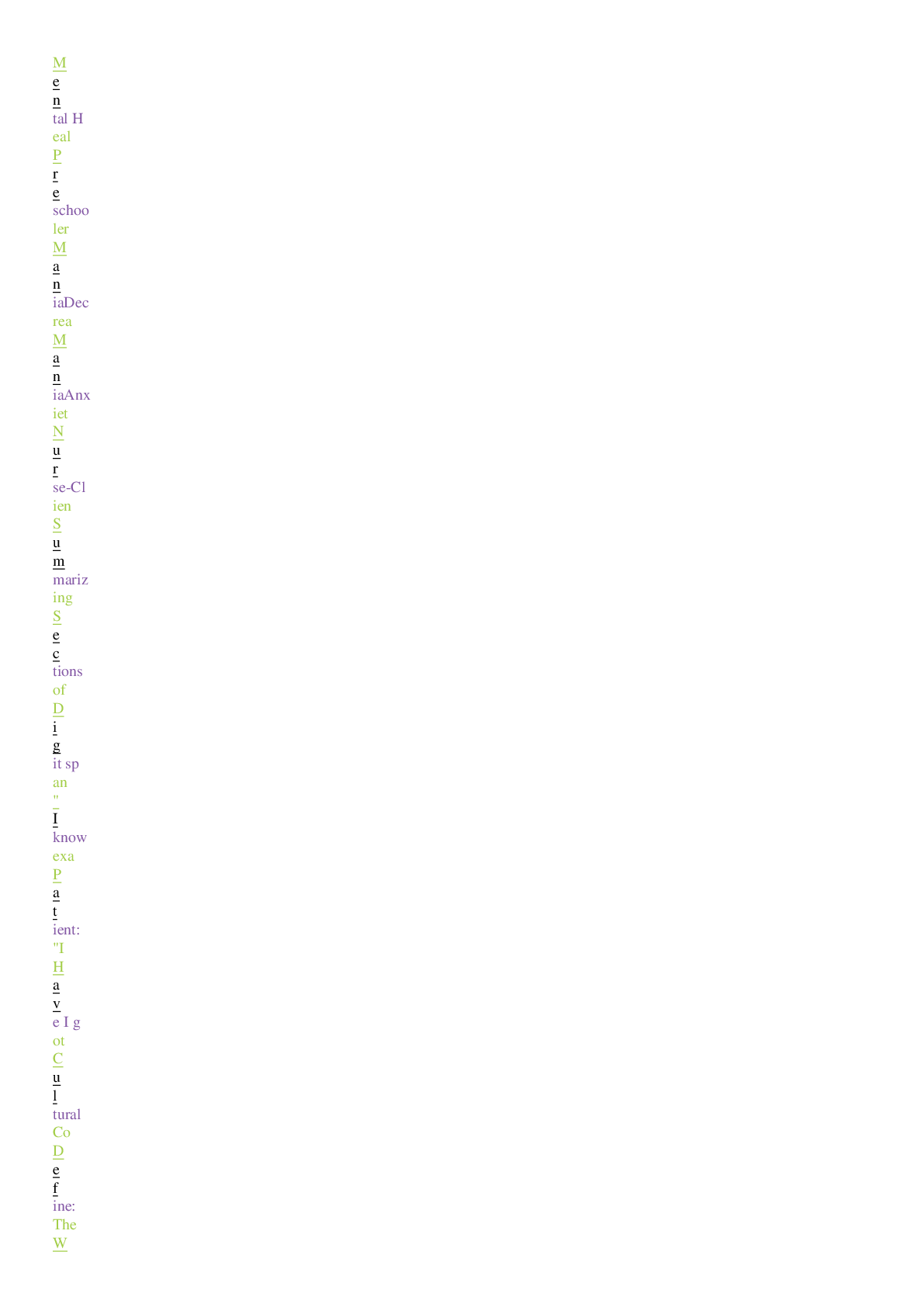
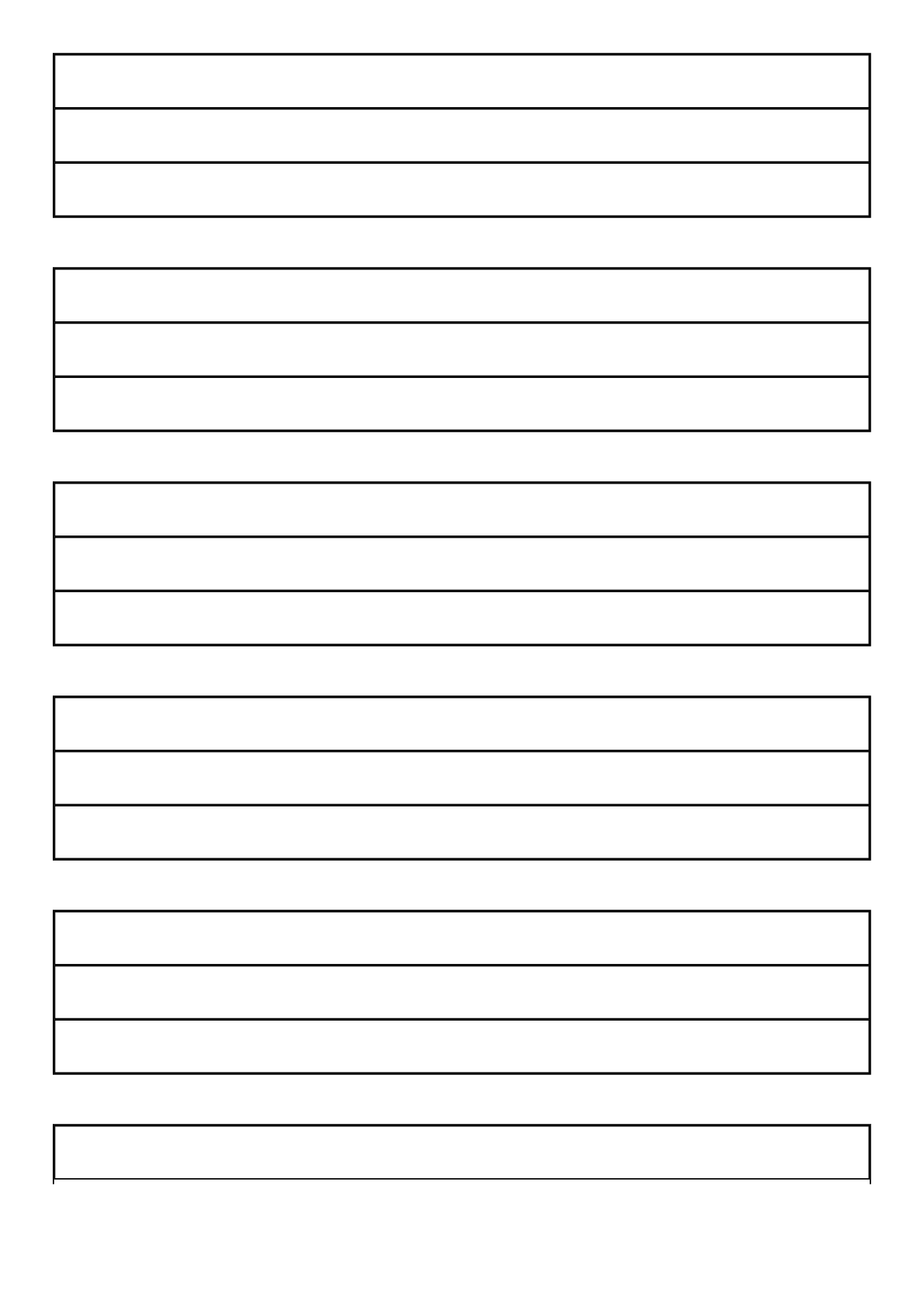
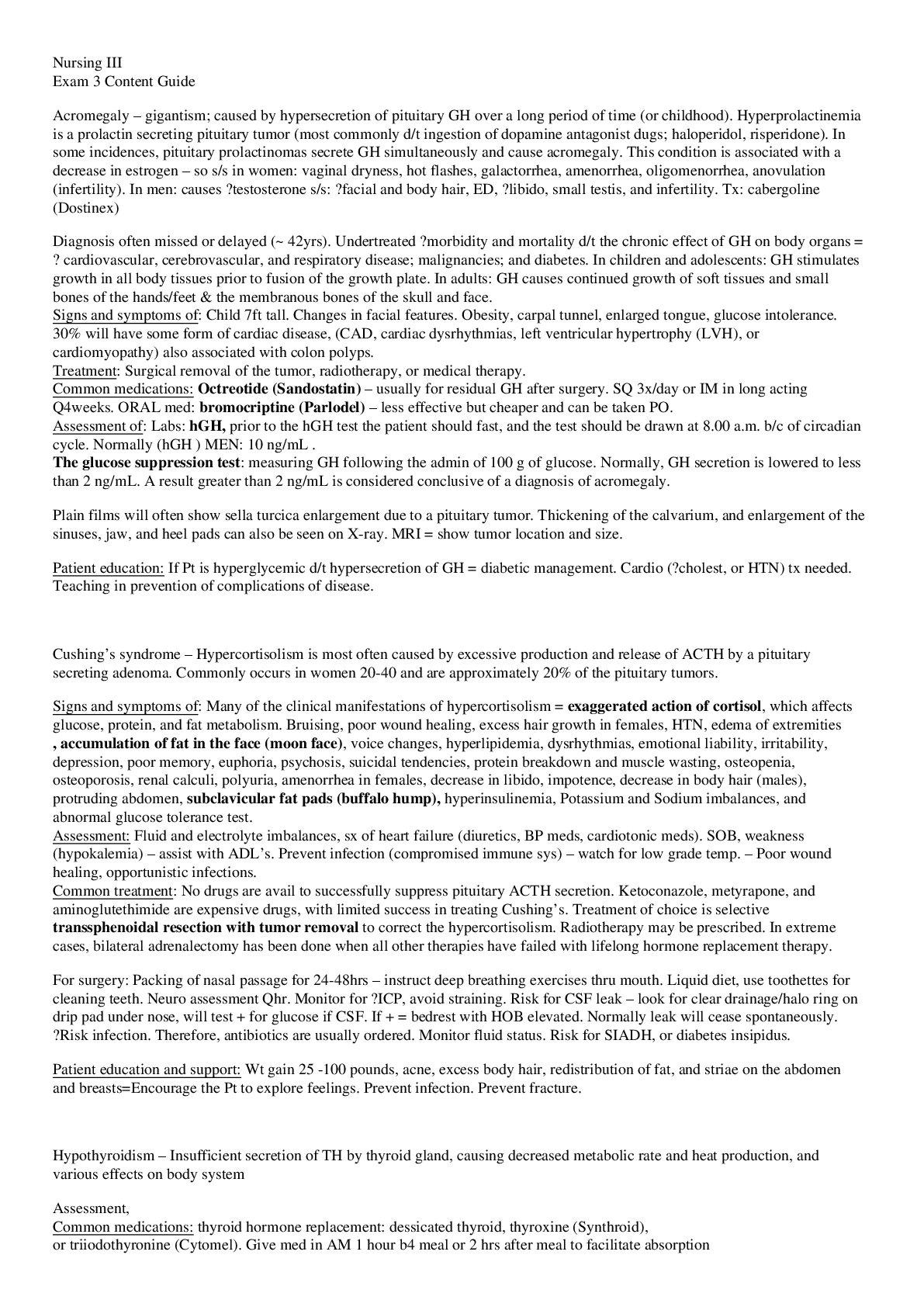



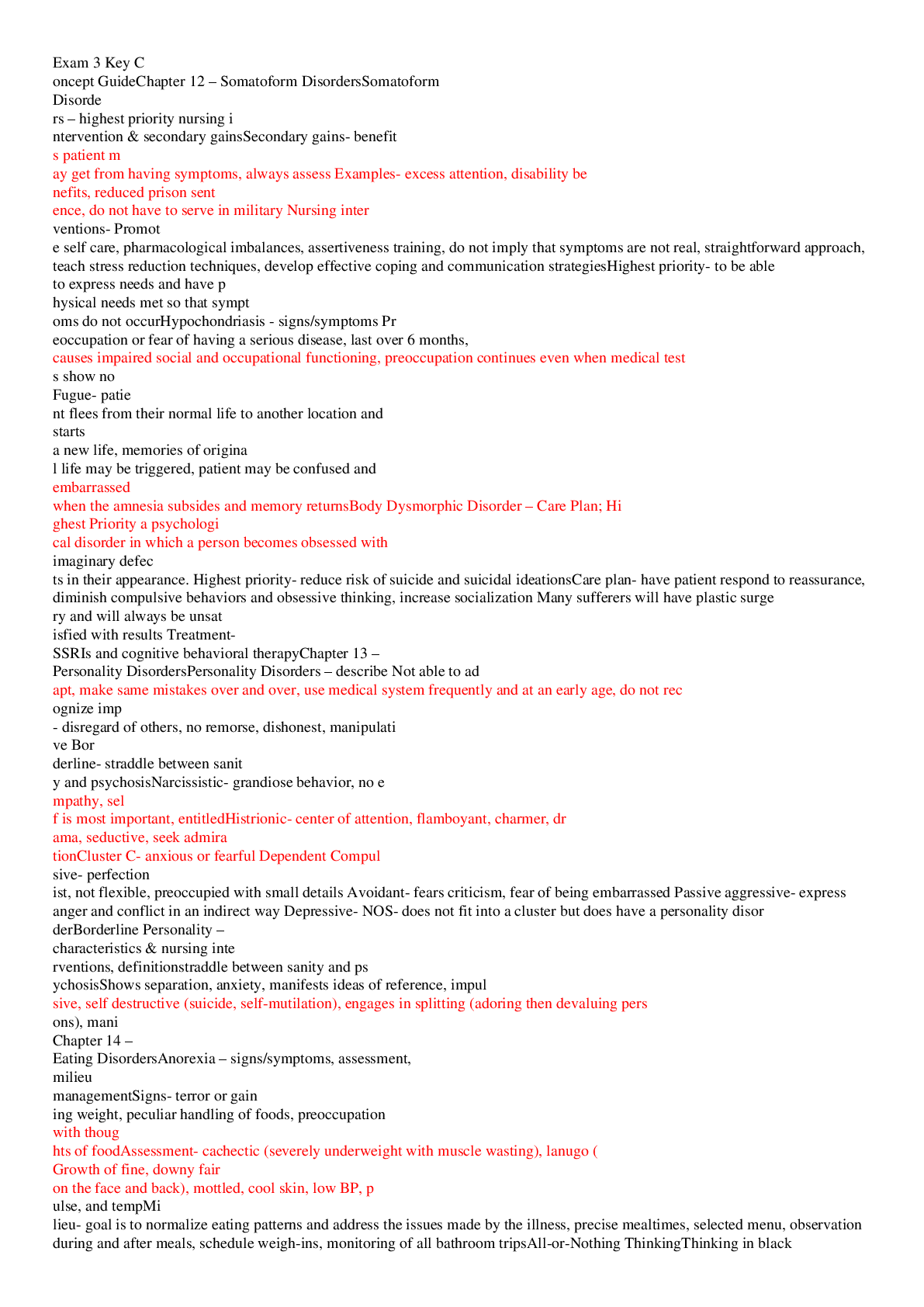


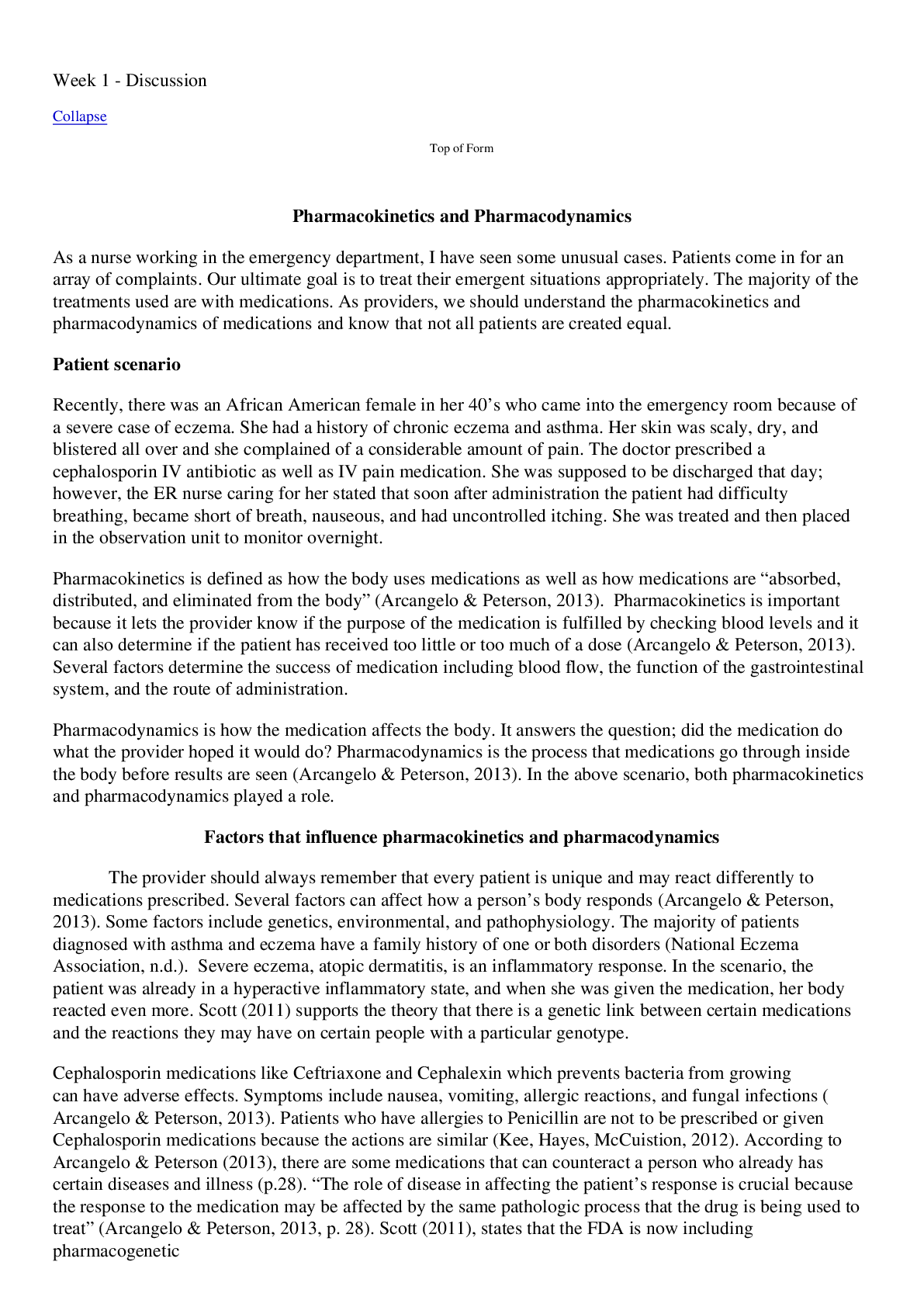
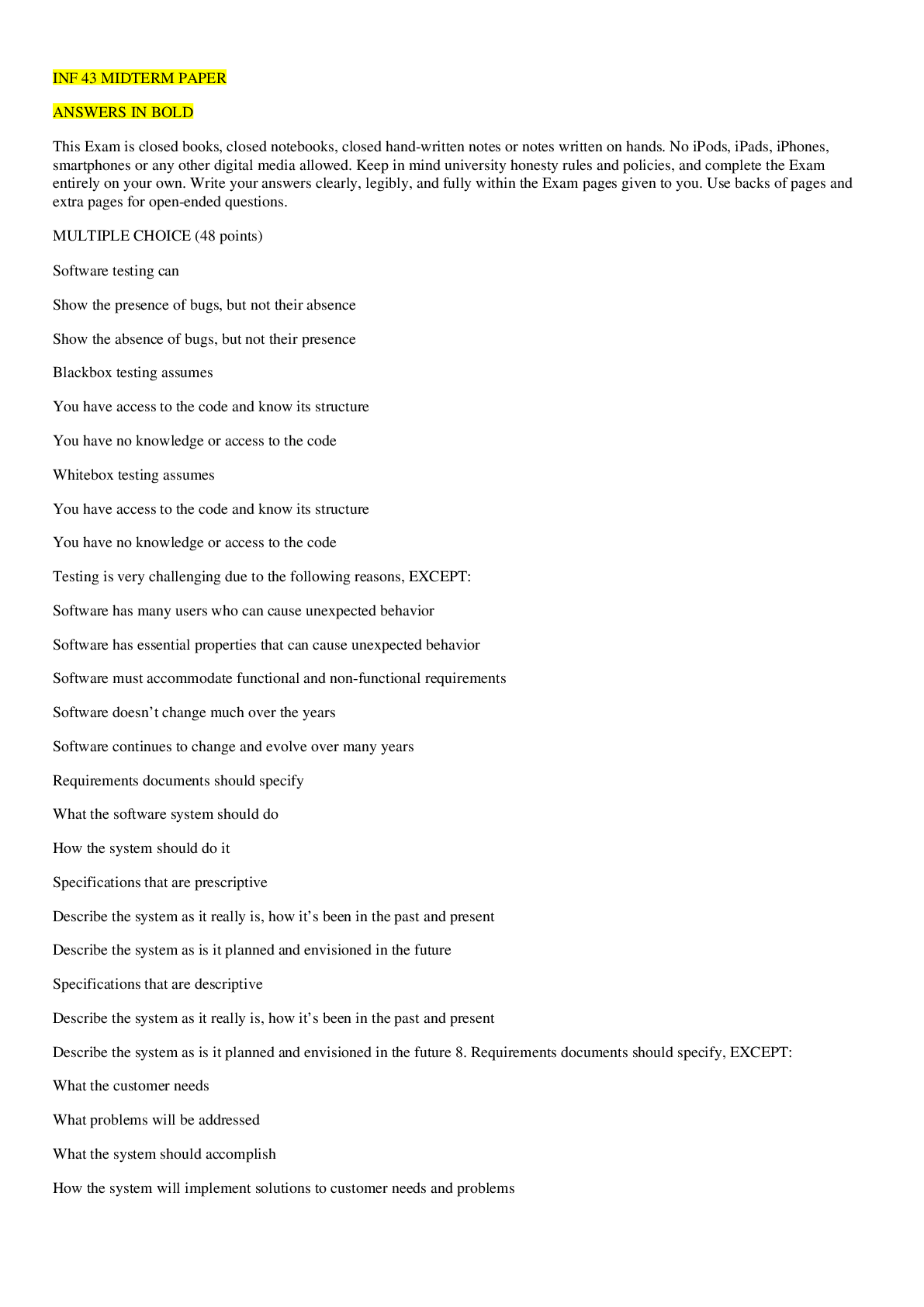

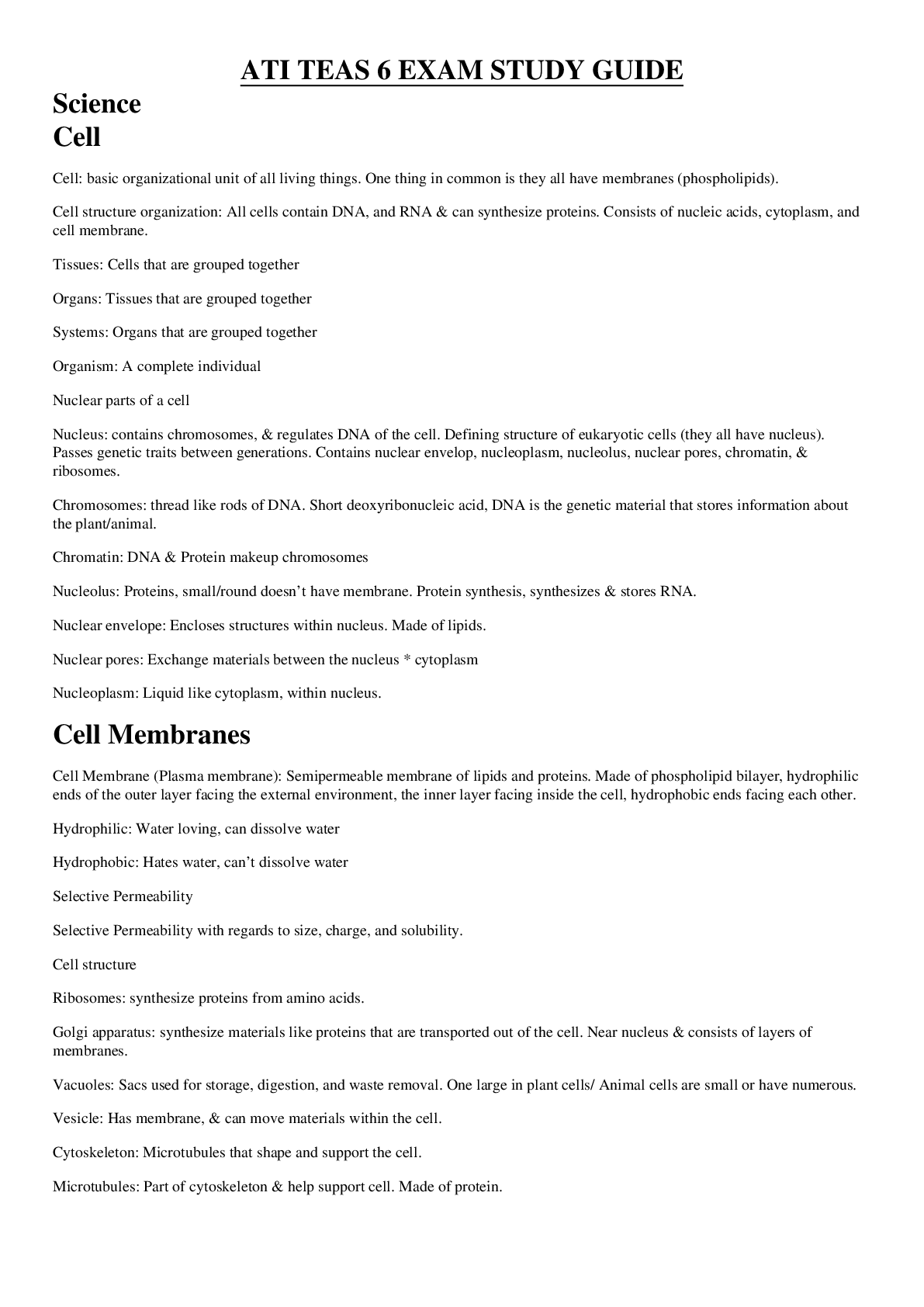




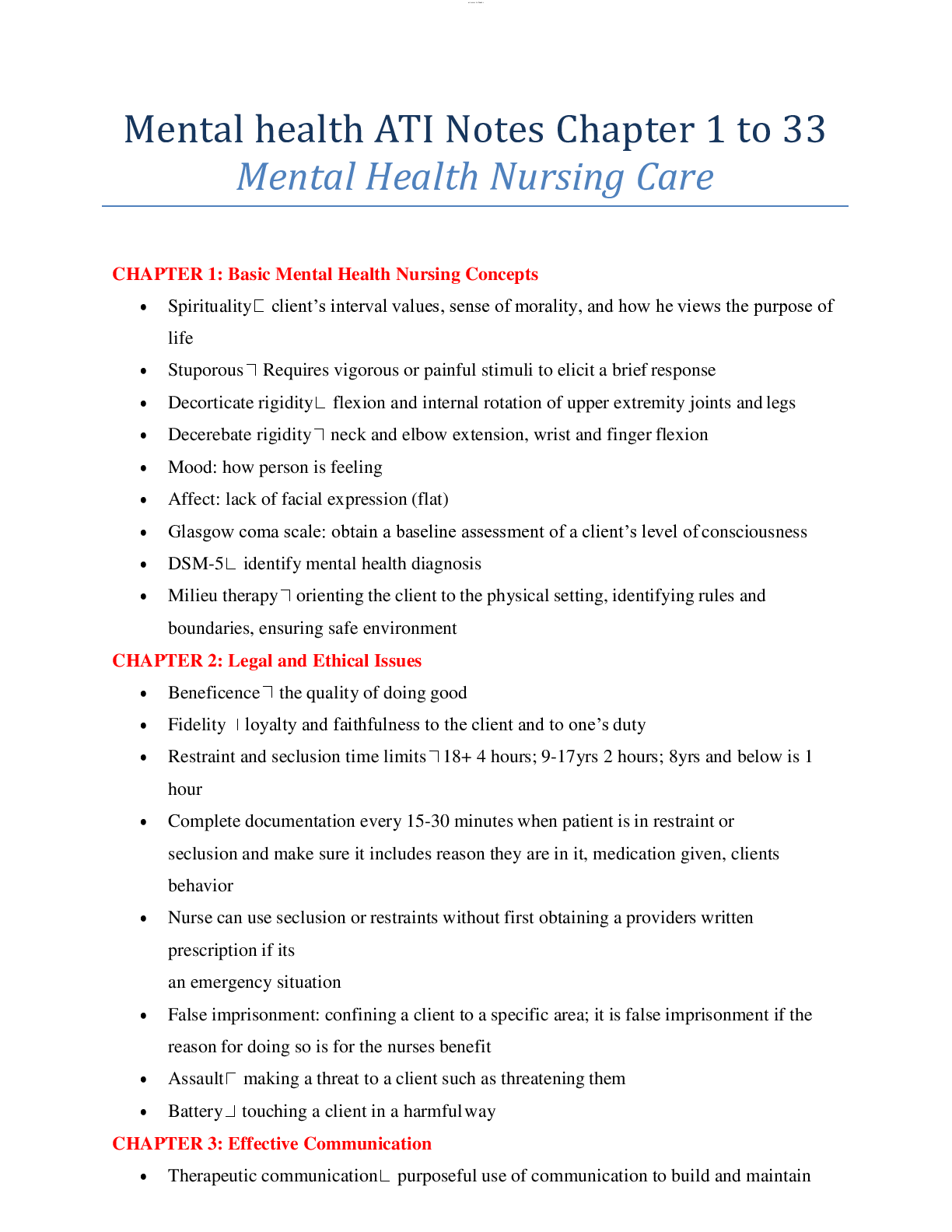
.png)


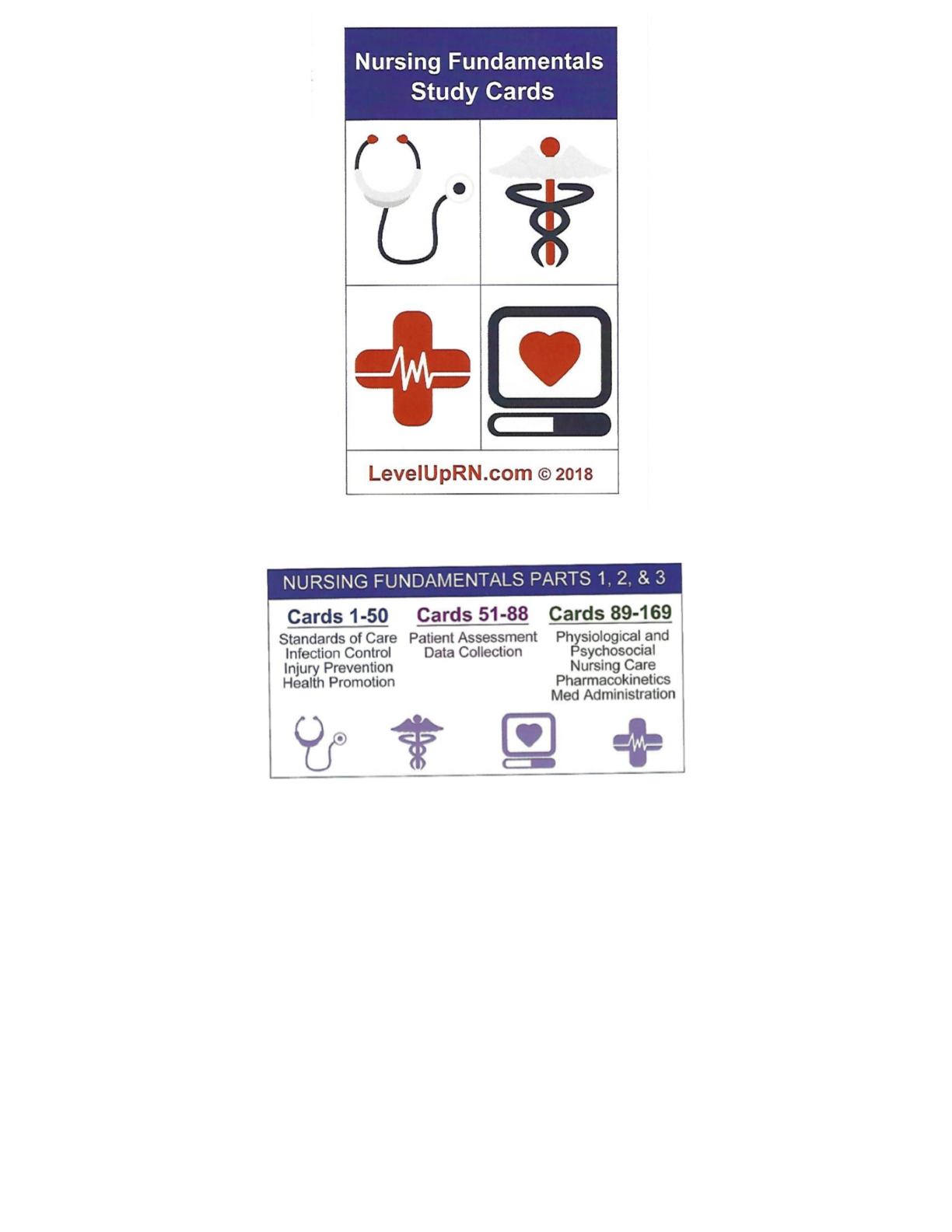

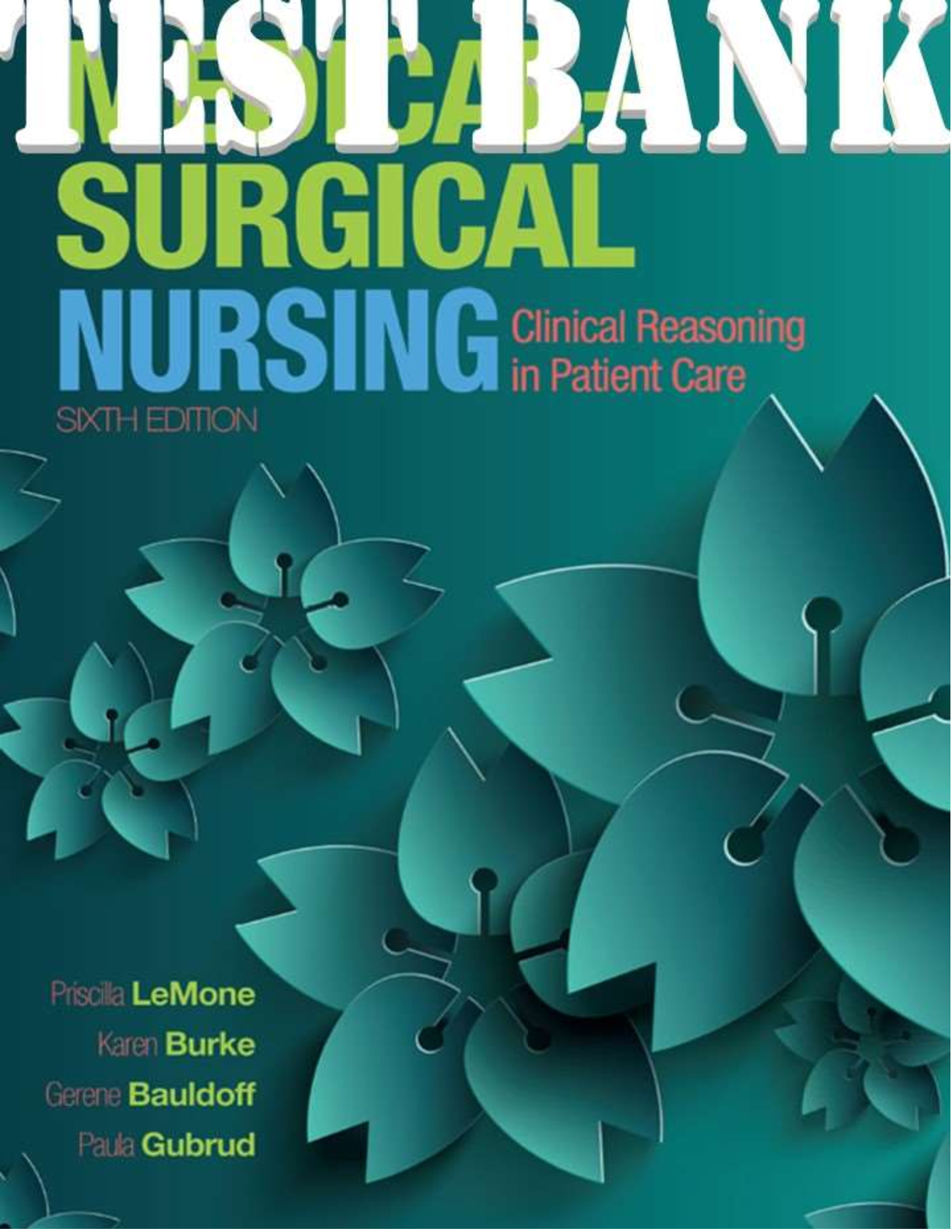
.png)

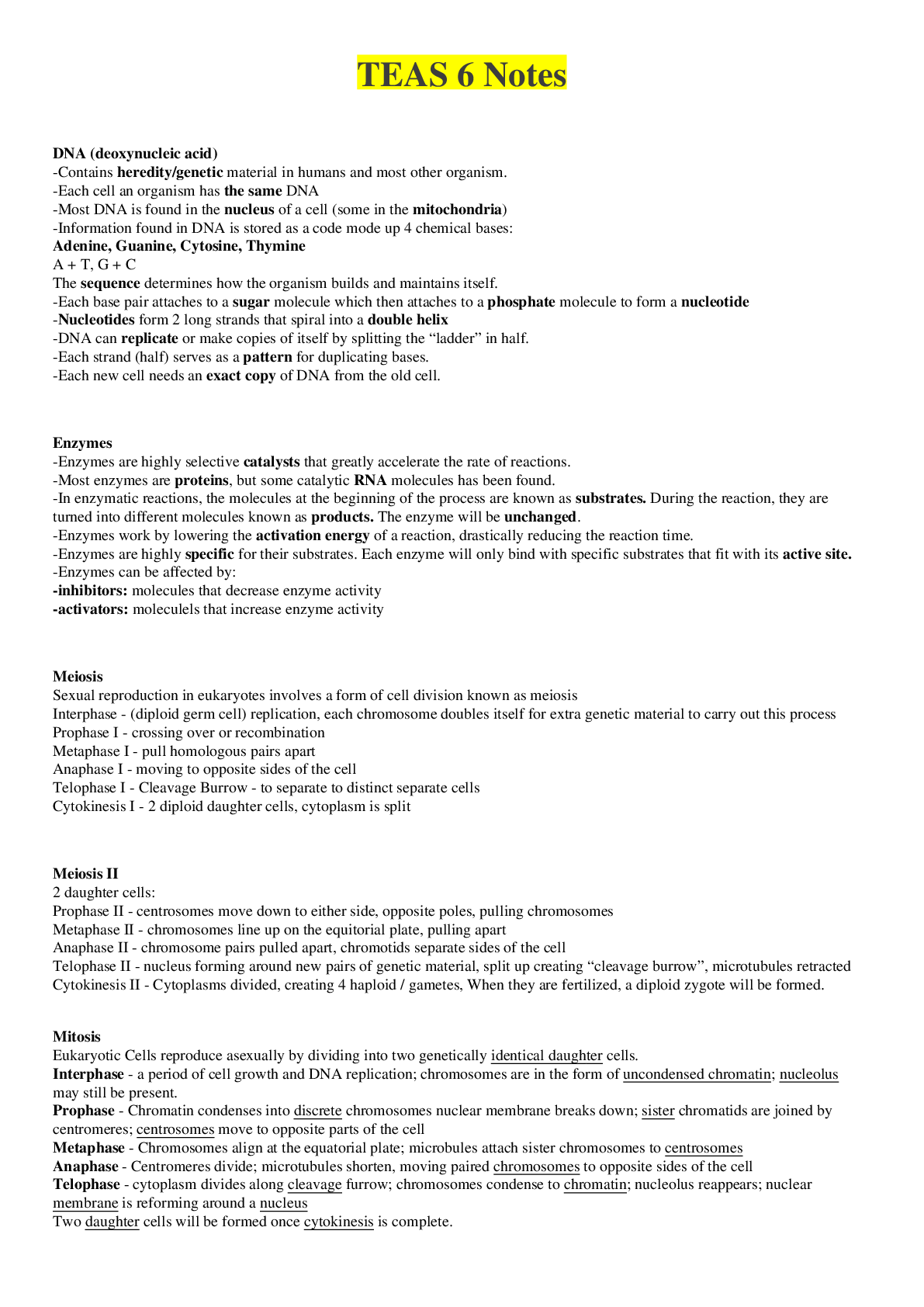

How Do Geographically Dispersed Teams Collaborate Effectively Paper.png)

